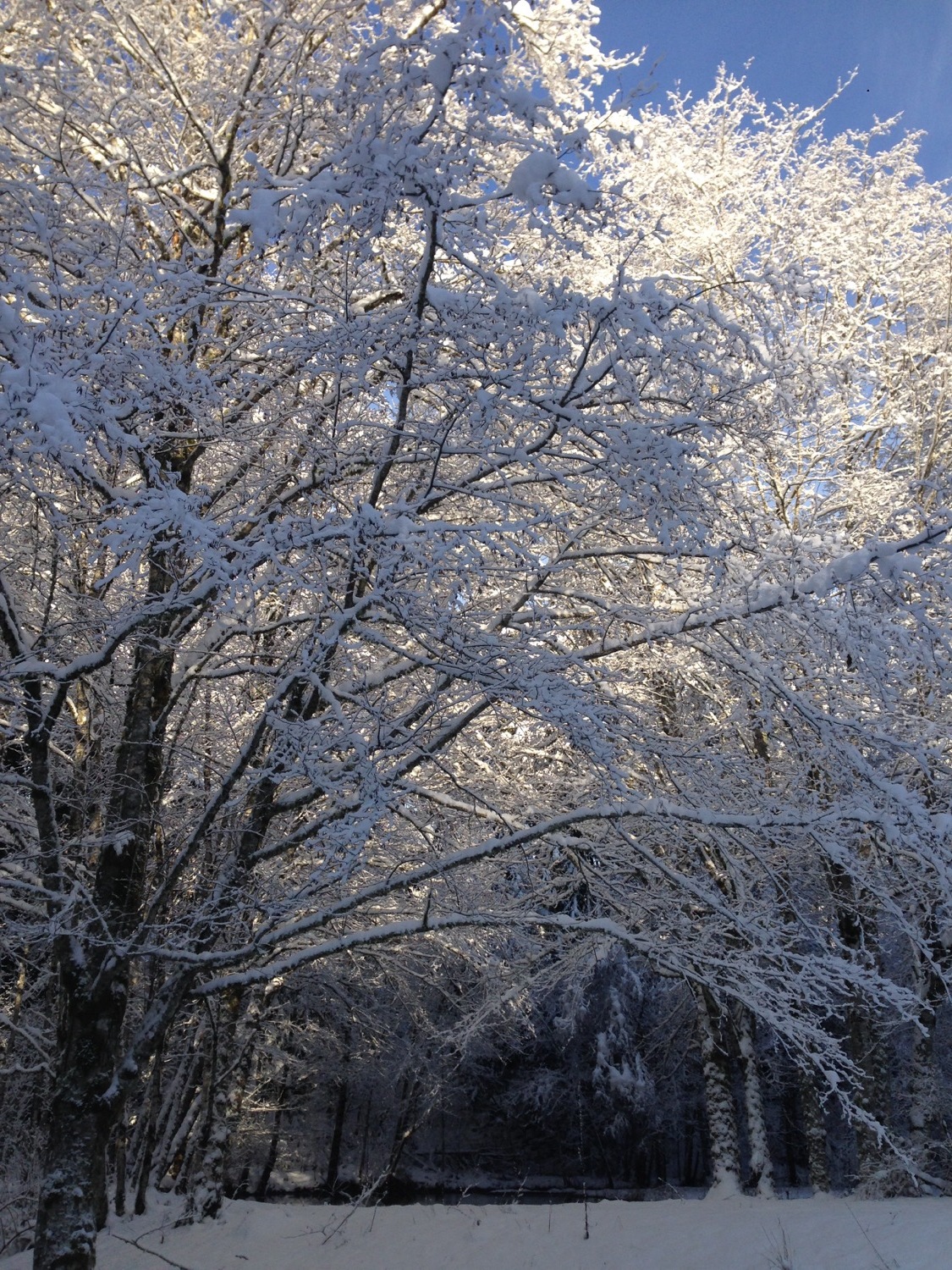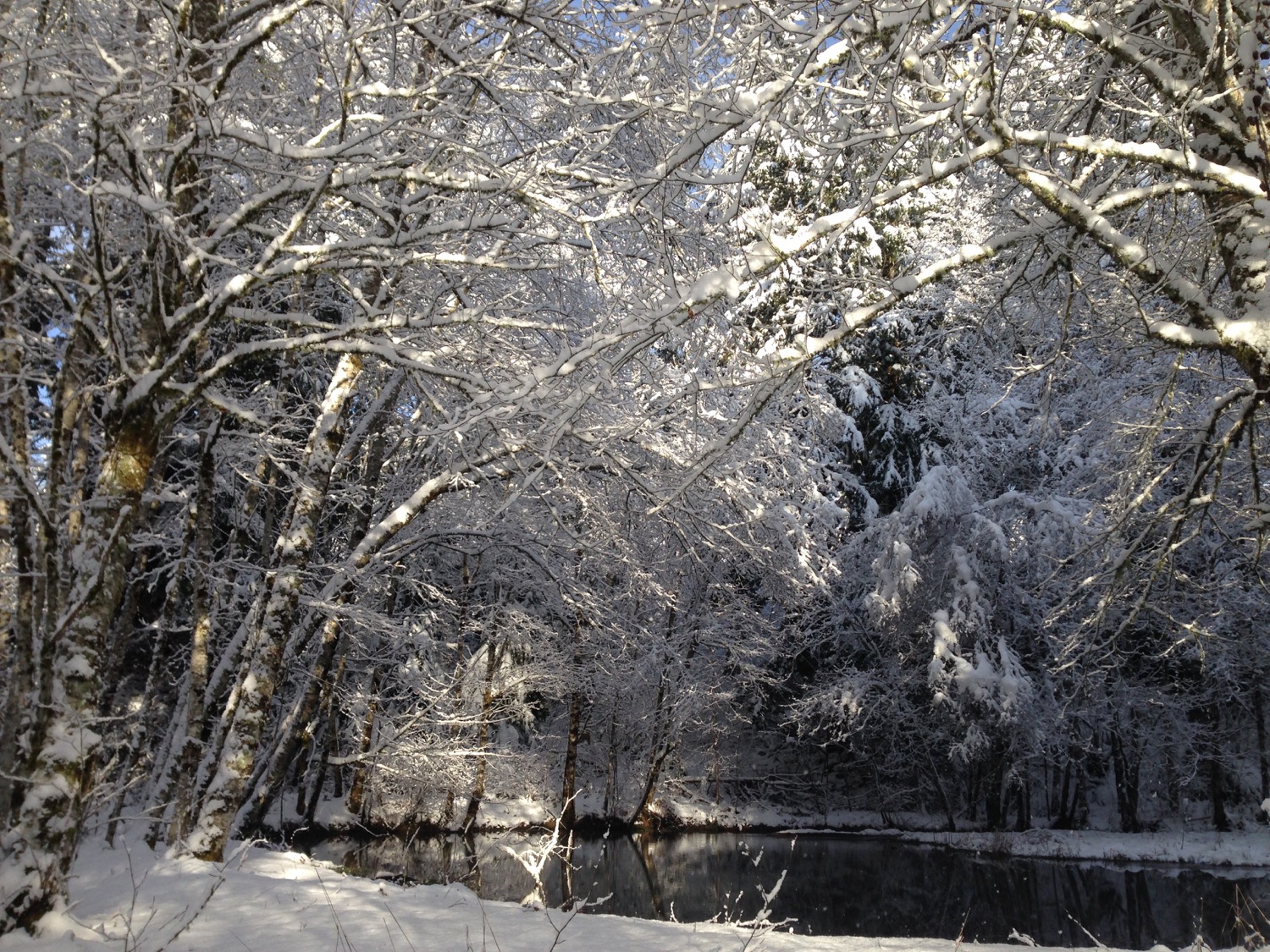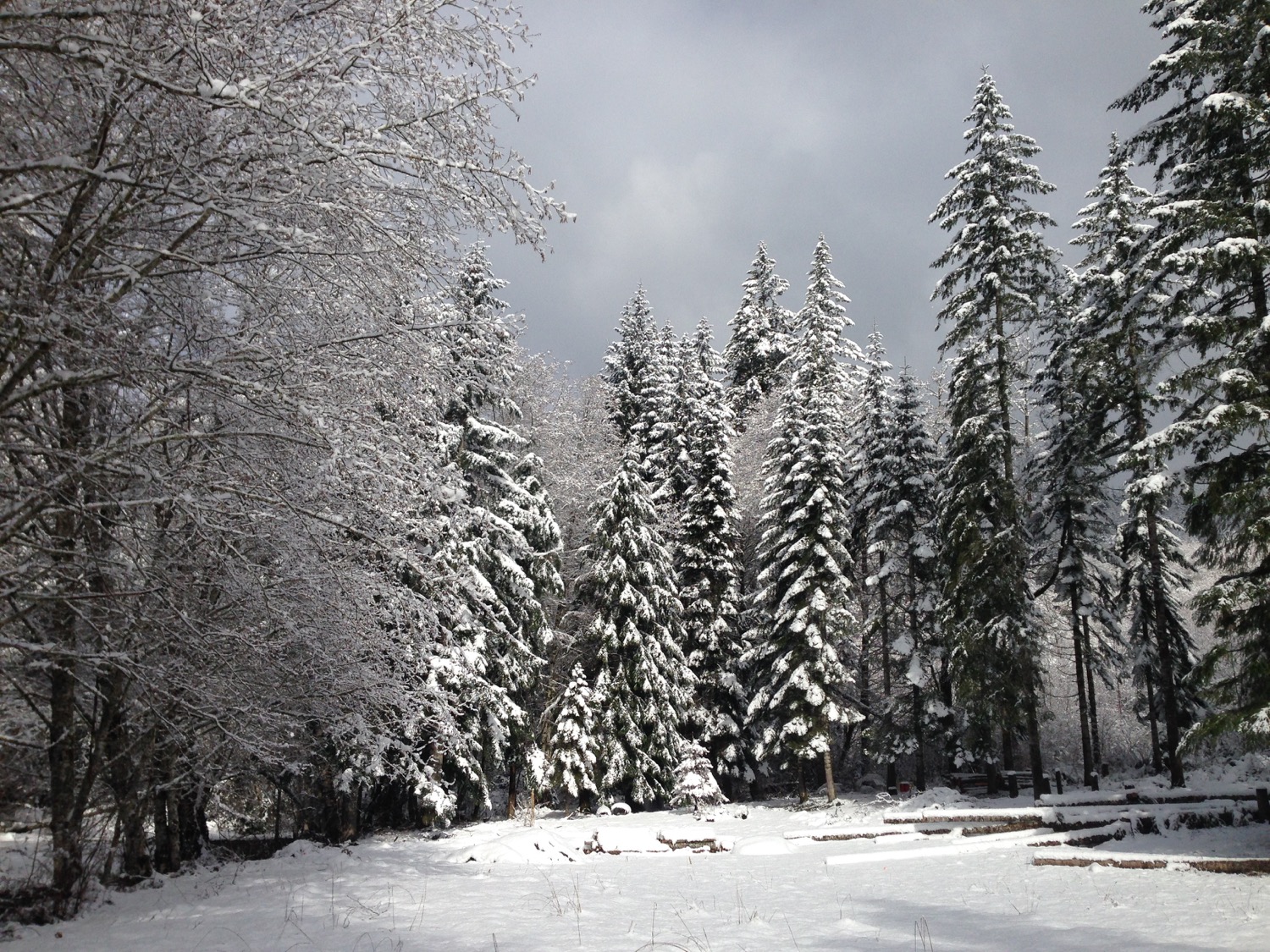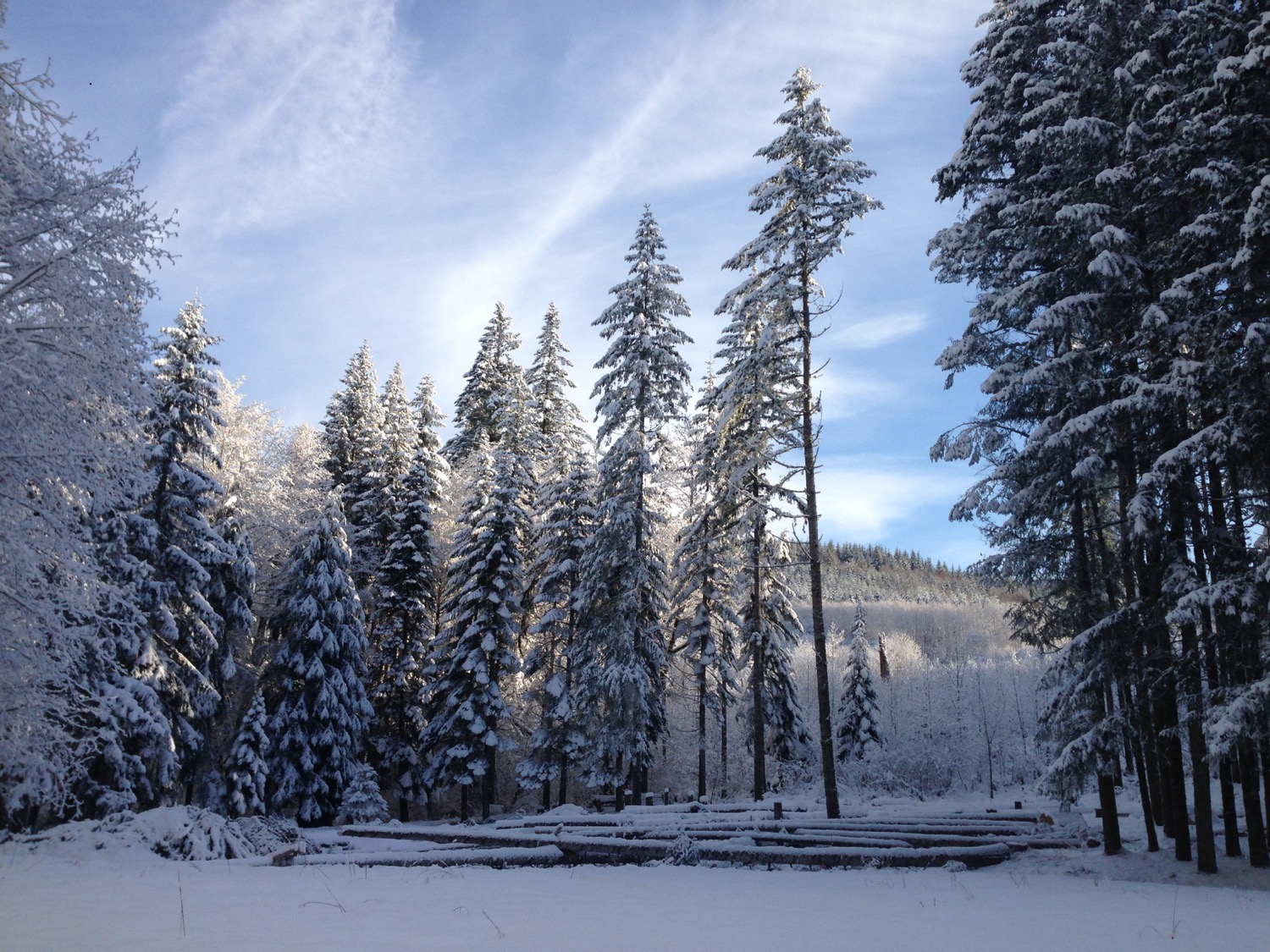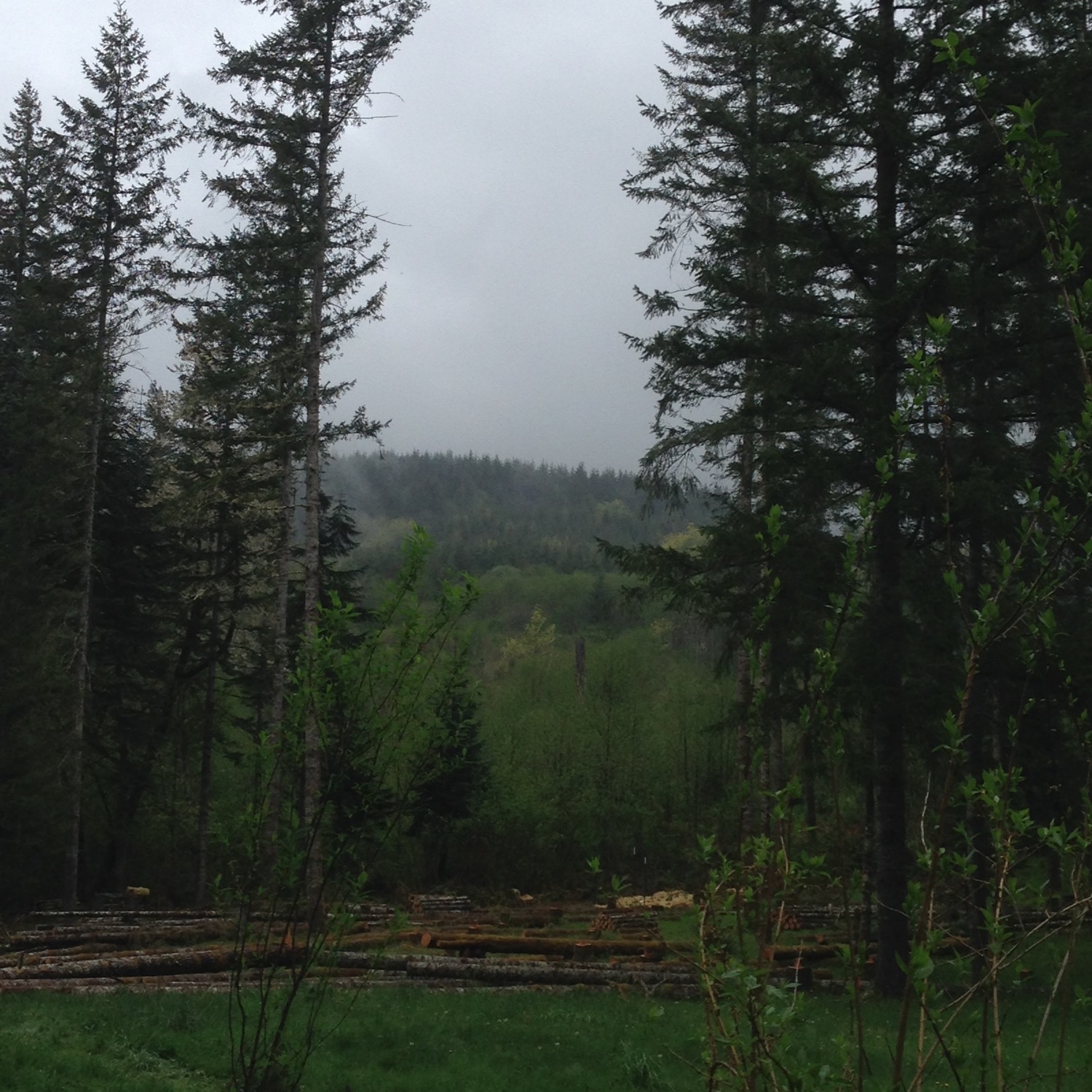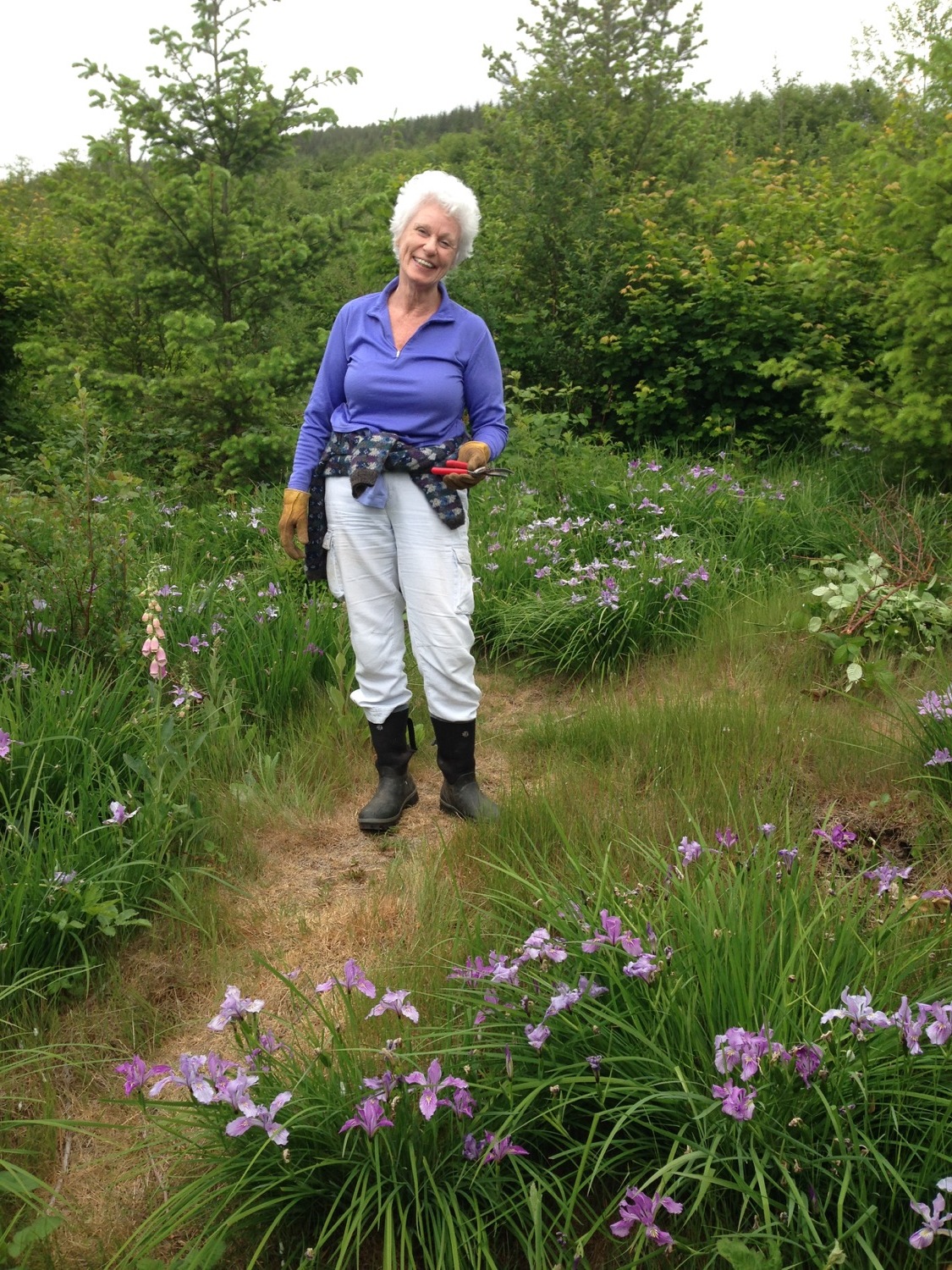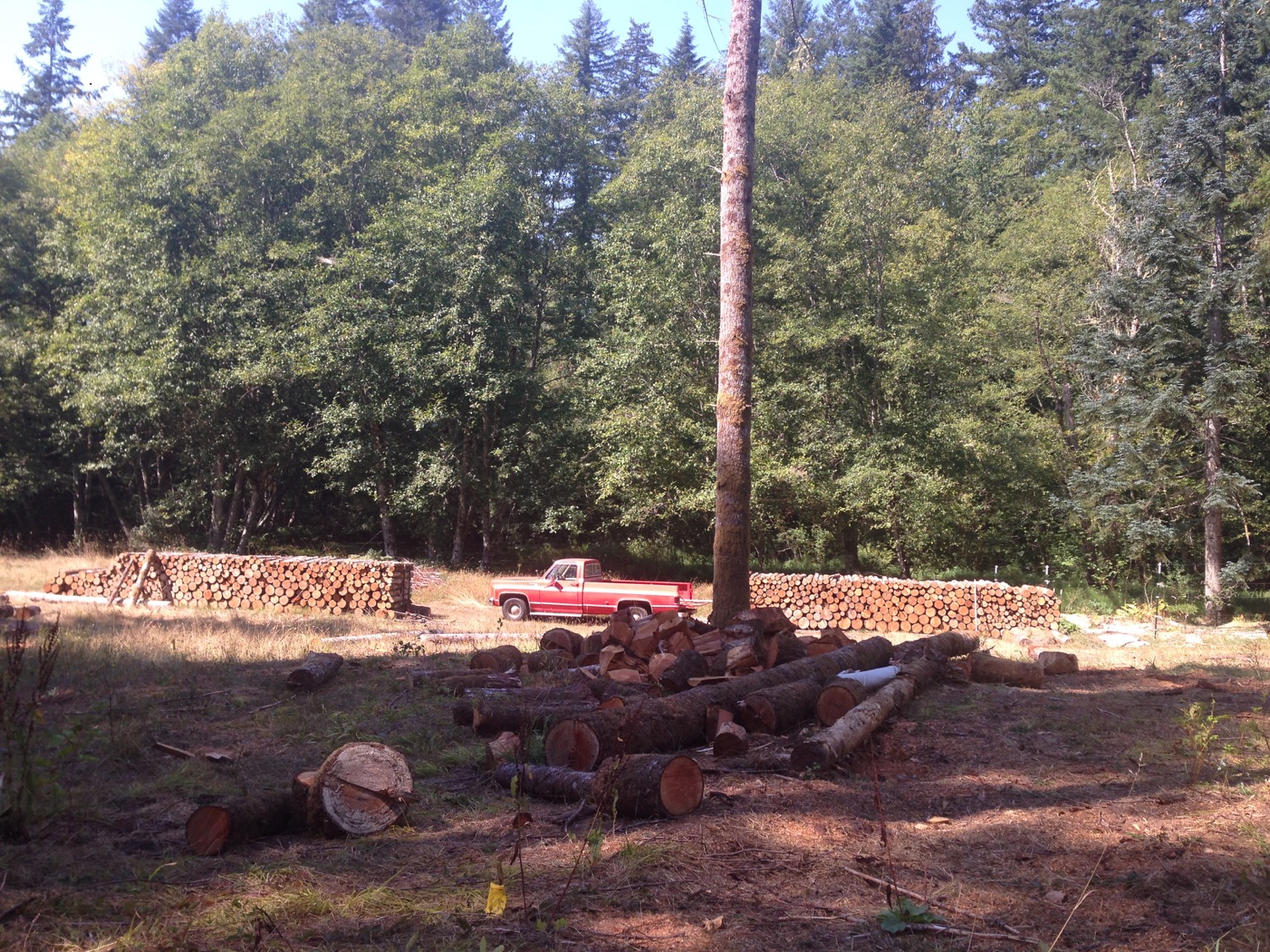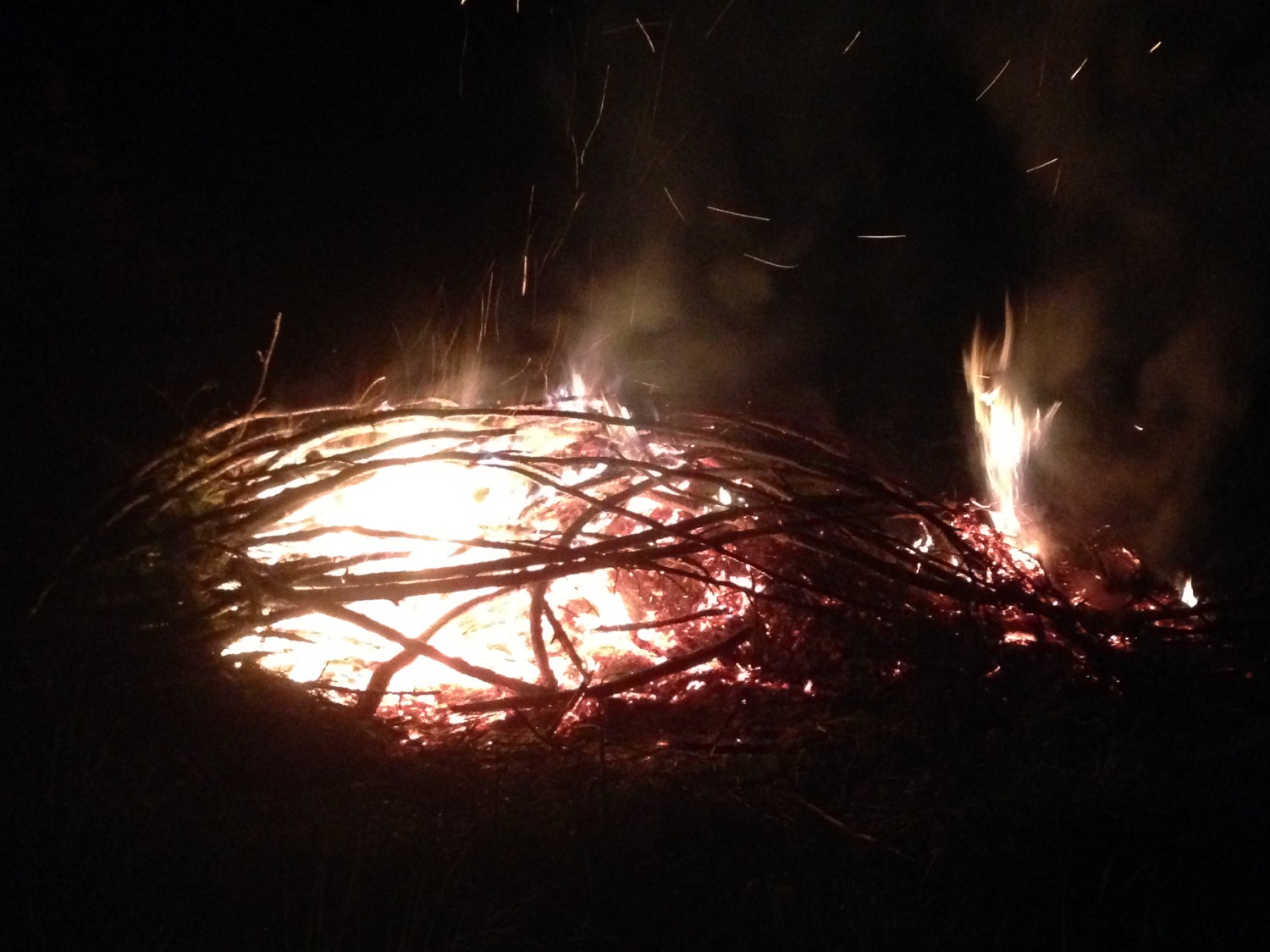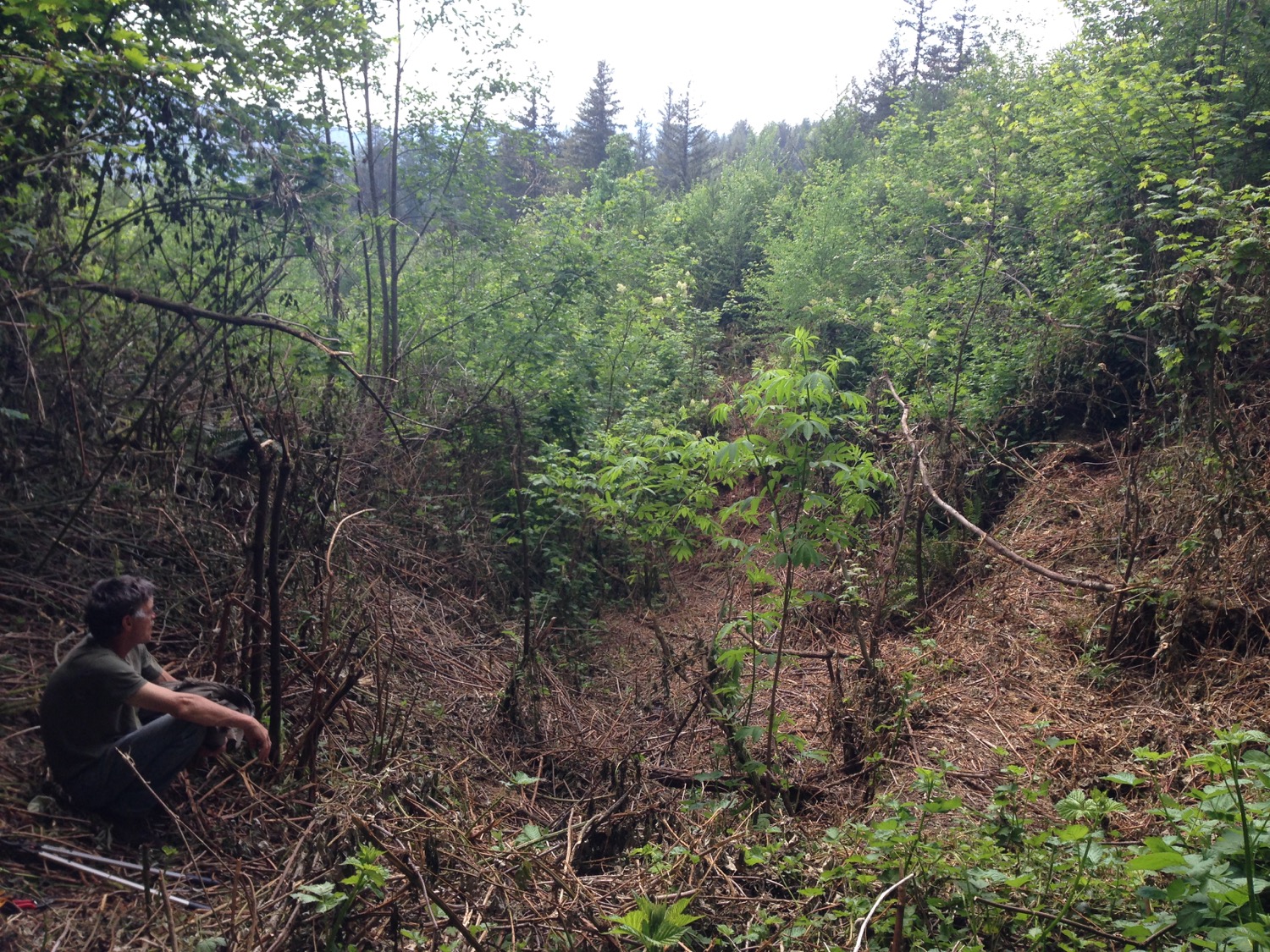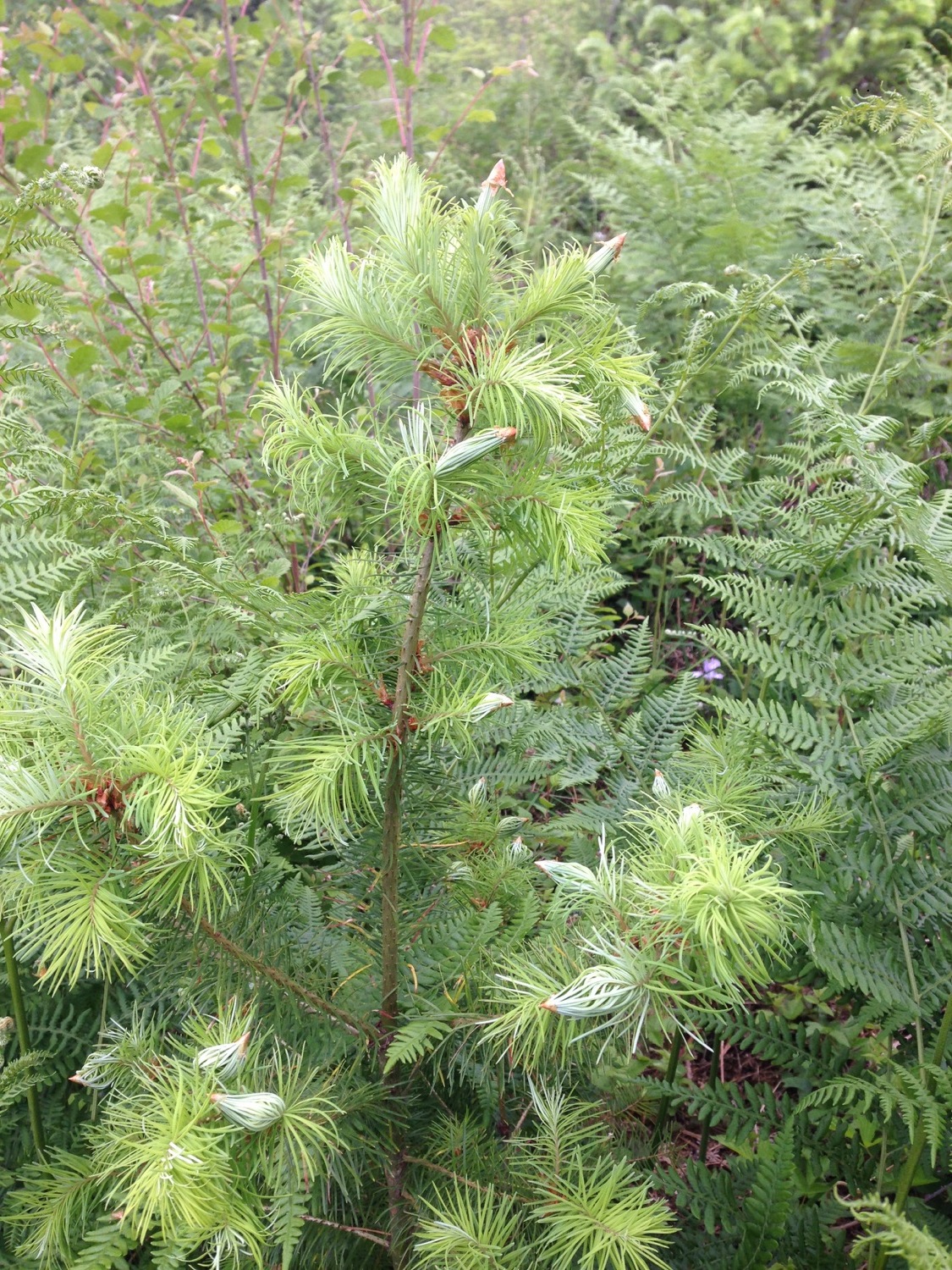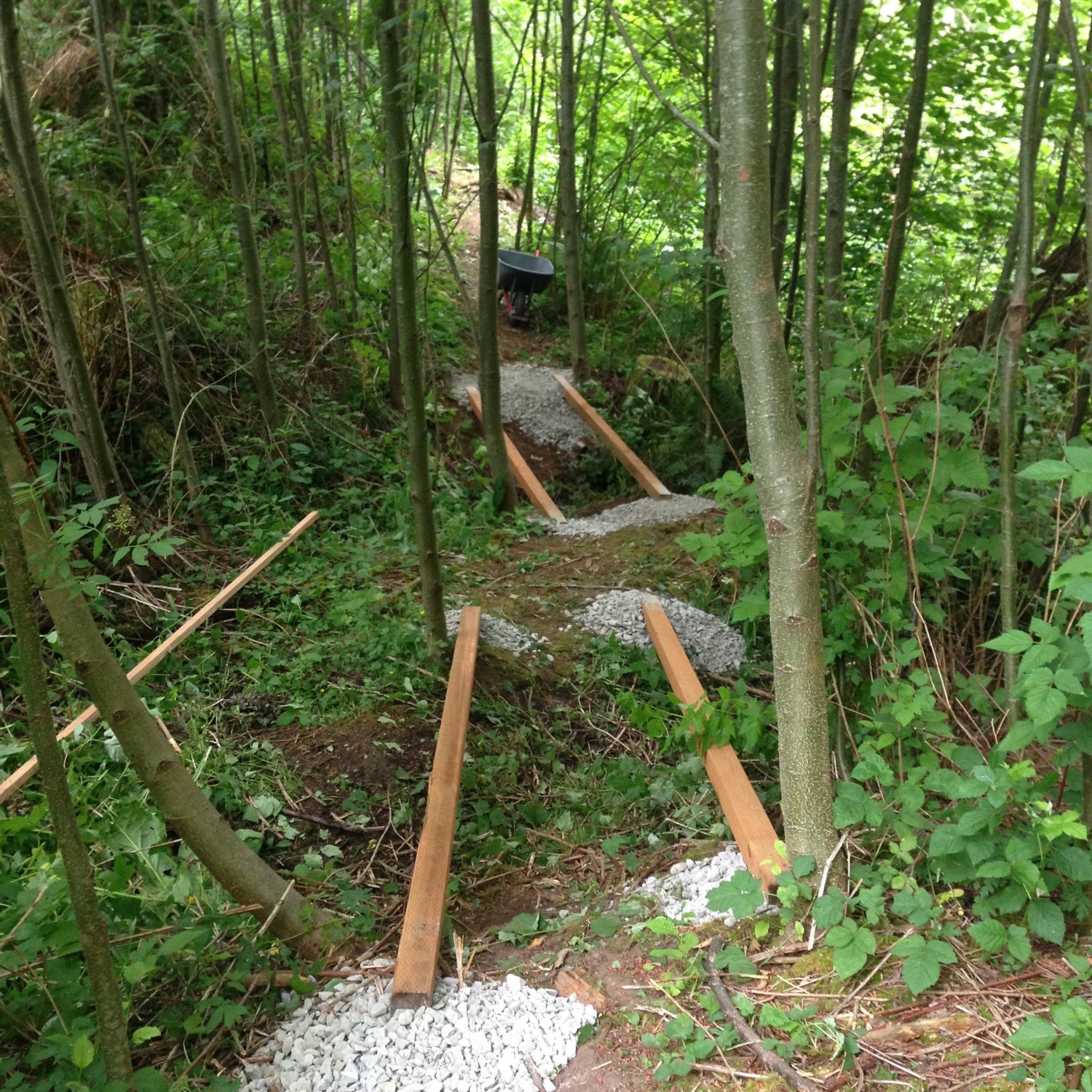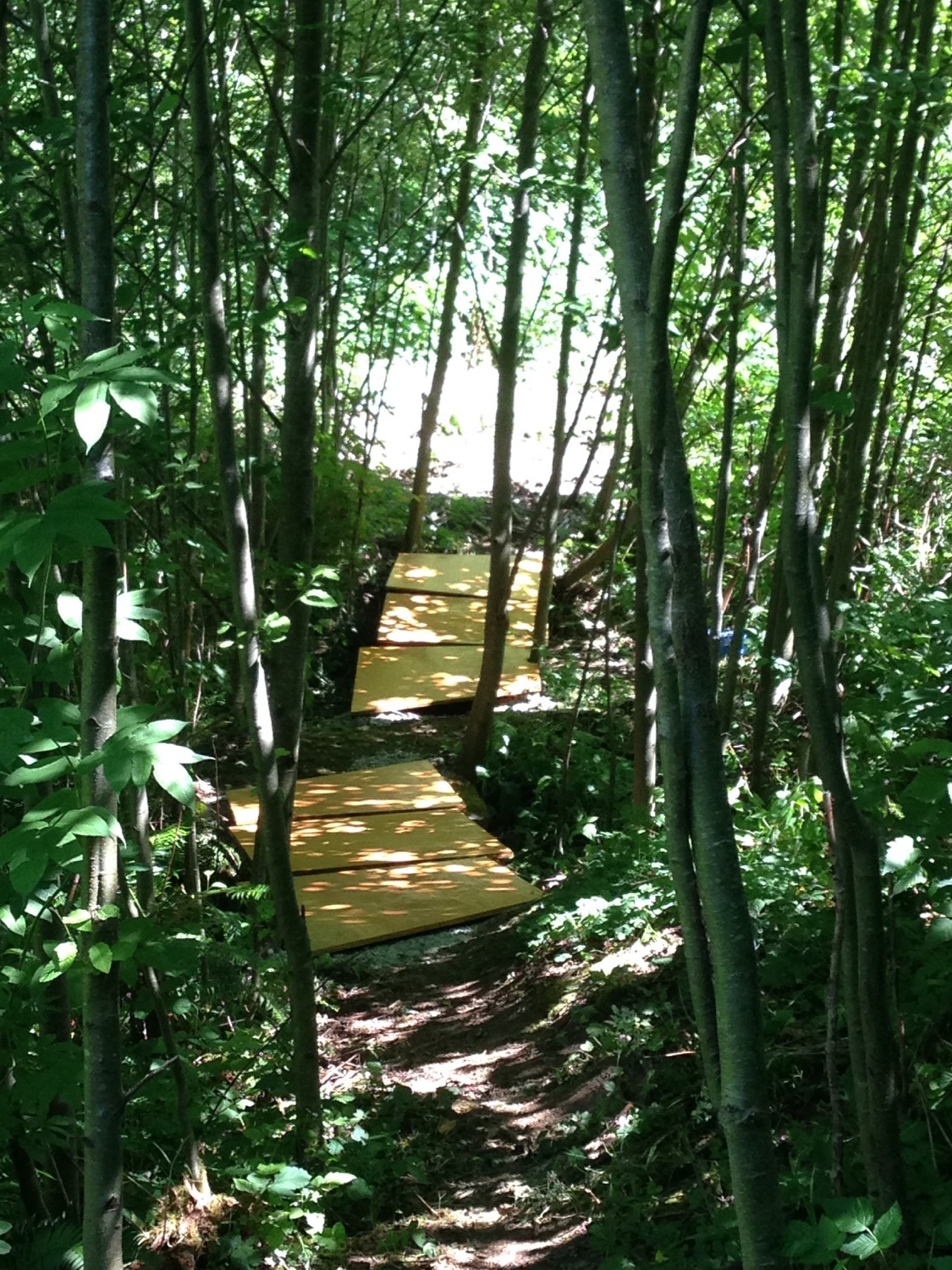Welcome to The Woods!
With this blog I share my sweet life: my creative process in the studio, photos of supper collaborations and wood-firing, Joel’s roots-up construction process, and the details of our decision-making when encountering in this era the challenge of what would in other times be called “homesteading”. Posts are meant to be informational: nuts and bolts, action not (too much) theory.
We are creating a land-based response to climate change and an investigation of how to move forward into a more resilient and educated future. We have no delusions of creating full self-sufficiency, but we both care deeply about our carbon footprint, wastefulness, general independence, education and quality of life. When I am able, I will offer space again to a female studio assistant. More information Here.
This post is a brief introduction to the land we call The Woods. “An Orchard of Babies” is the evolving permaculture approach that I am taking in establishing one acre of home orchard/ food forest. Another post will get into the details of how we are managing the established forest; another introduces Joel’s initial work to prepare for construction, and then the posts will become more like anecdotes. As you might imagine, I get stupid busy just actually getting things done, much less editing images and uploading them into a coherent story, so consider subscribing to my quarterly newsletter for reminders of new content.
*********************************************************************************
The land we now steward is 23 acres over a ridge into the watershed of the Kalama River (SW Washington state), though the road that gets us there runs along the north fork of the Lewis. We are at 800’ in zone 6b, I think- a notch colder than the nearby flats of the Columbia at zone 7. It is fair to guess that the land was originally populated by the Cowlitz People. In this place was an old growth forest dominated by cedar and douglas fir. A fire ravaged the area in 1930, but by piecing together stories from the neighbor, it sounds like the cedar had been logged by then, pre-emptive of another fire. Or more likely, because it was there, plentiful, and Portland needed to be built. A leatherworker and then an army general took ownership of the land, and it stayed in that family until it was fully logged out and used up, the family ageing and using it for annual gatherings. It seems that after the initial logging, the doug fir re-grew, was logged again, and then the land replenished itself with alder. The neighbor leveled the old vine maple in preparation for logging the alder. I’m unclear on when the alder was logged, but in forest years, we enter not long afterward (2016).
Eventually re-planted with Douglas Fir 10 years ago (2009ish) but also over-run with Himalayan Blackberry and Scotch Broom, we knew we had a major task ahead of us, but Kirk Hanson, the permaculture minded Forester that I hired to help me see the true health (or lack thereof) of the land queried me deeply on my goals and said that it was an excellent fit. In fact, it was much like his own land, with a south to southwest facing slope, and a variety of habitat. Here’s Joel ravaging the old-growth Himalayan Blackberry that has long choked up areas of the fir plantation but most painfully, the wet creek valleys including the old spring-box. He also found a number of old-growth cedar logs and cut them up in a way as to make a cord-wood sauna at some point in our future..
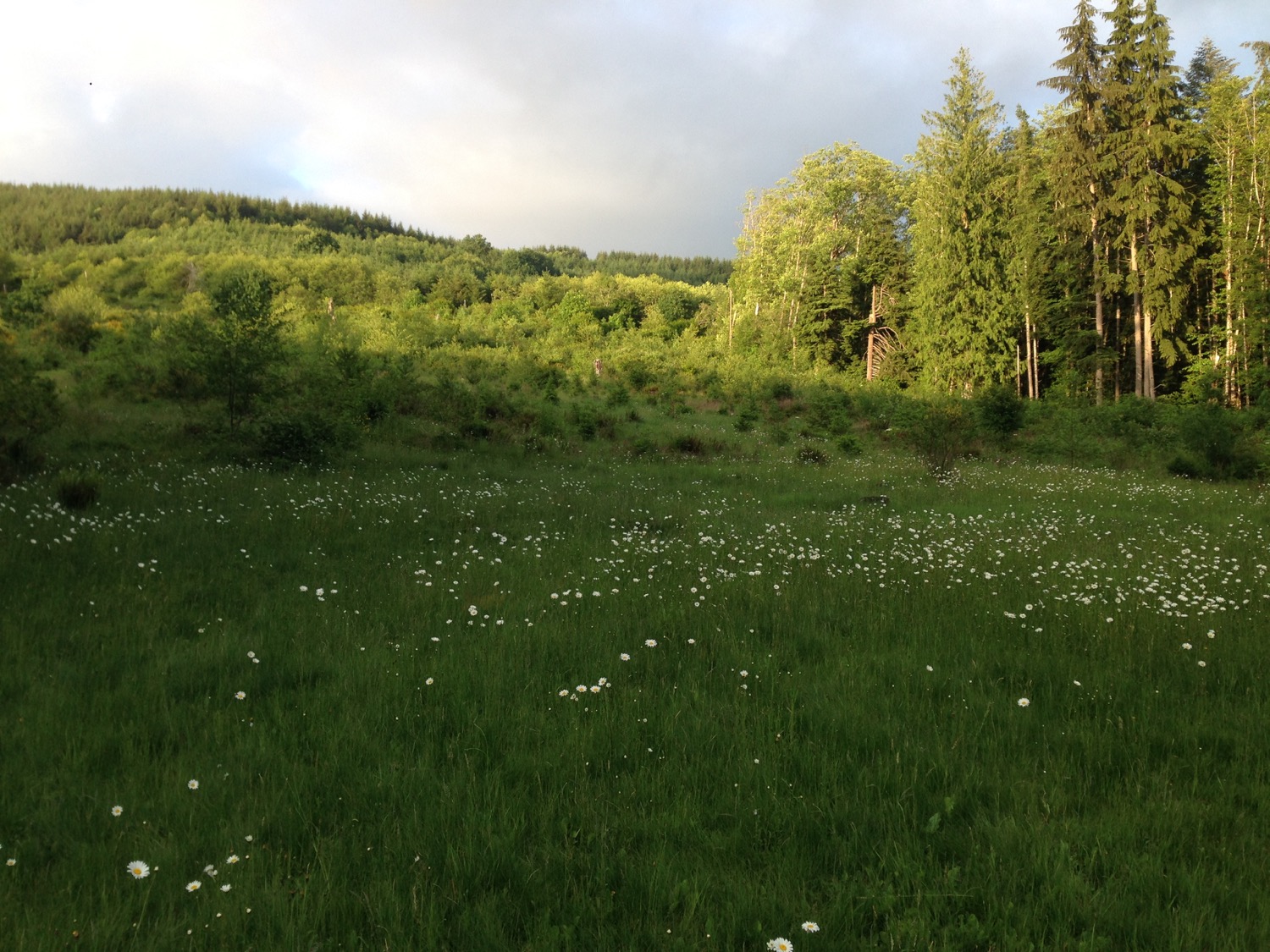

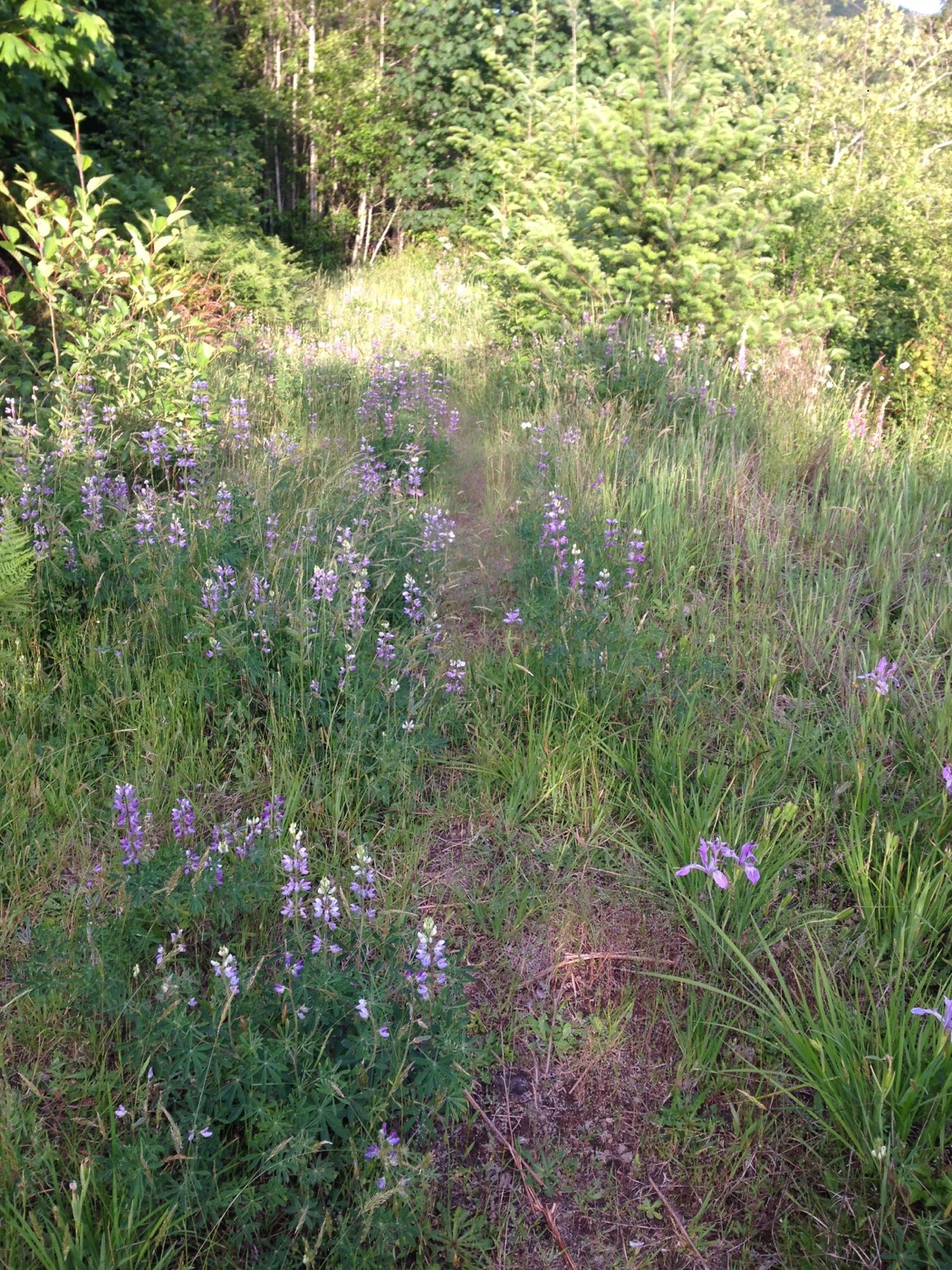
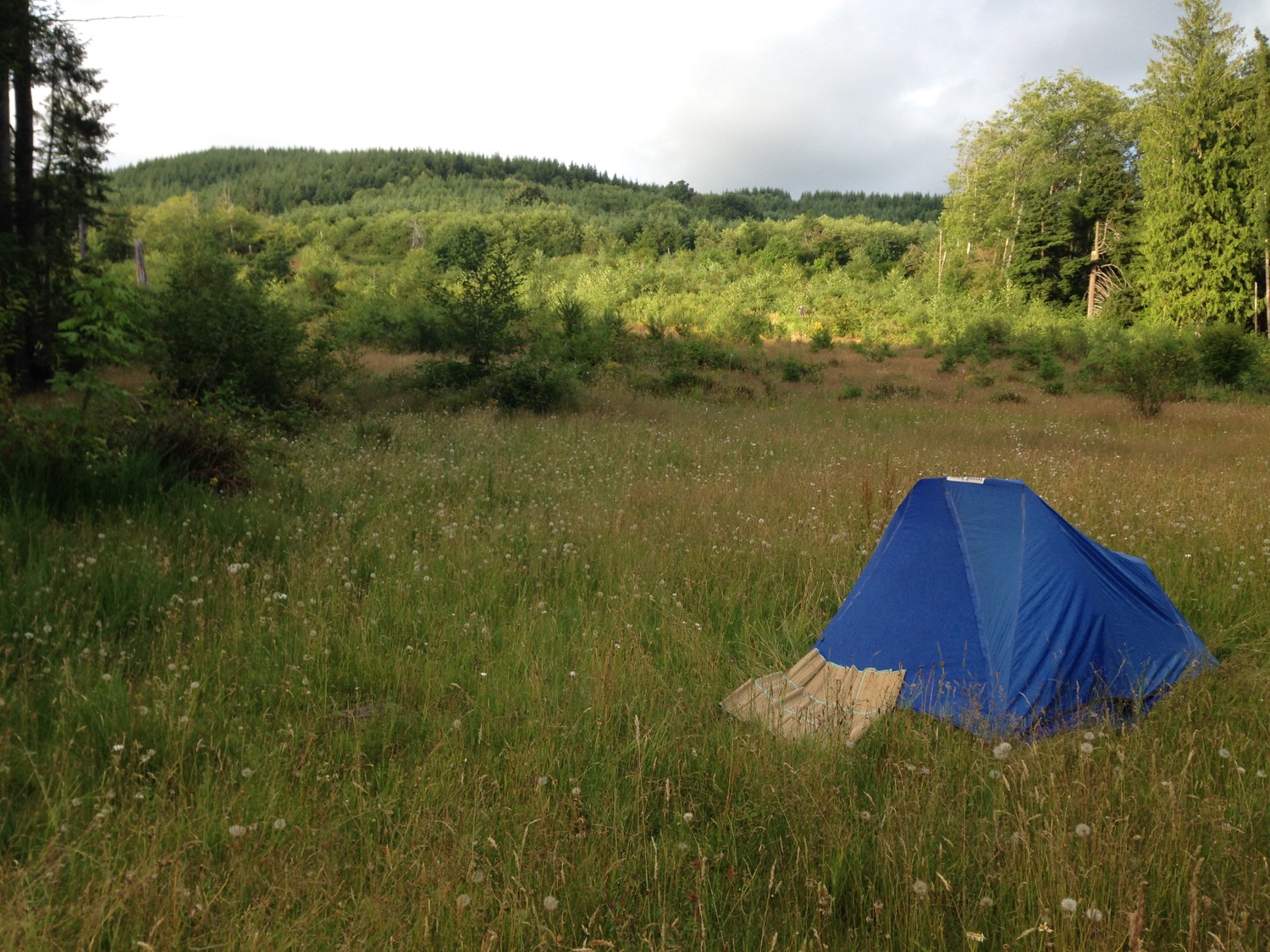
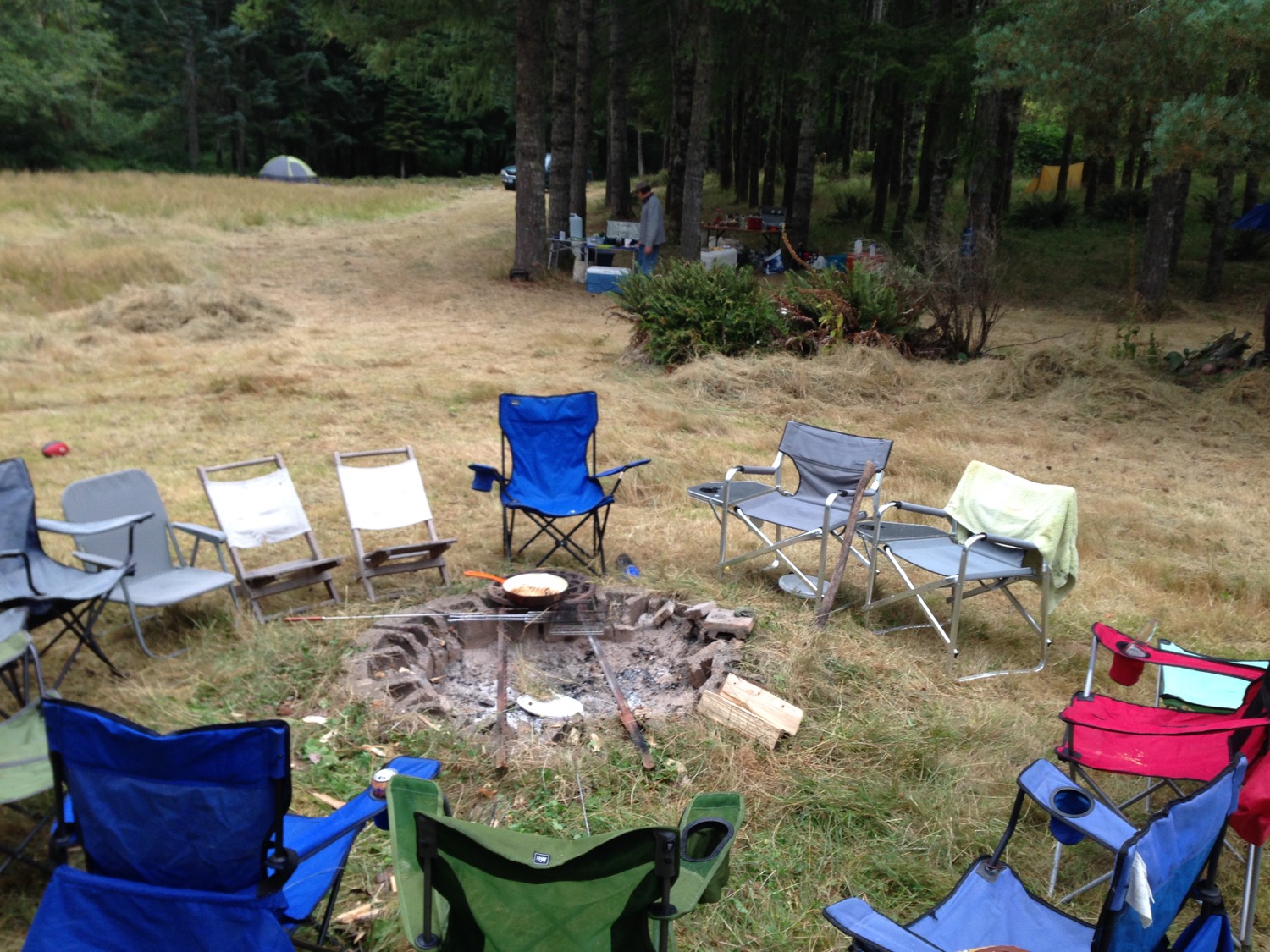
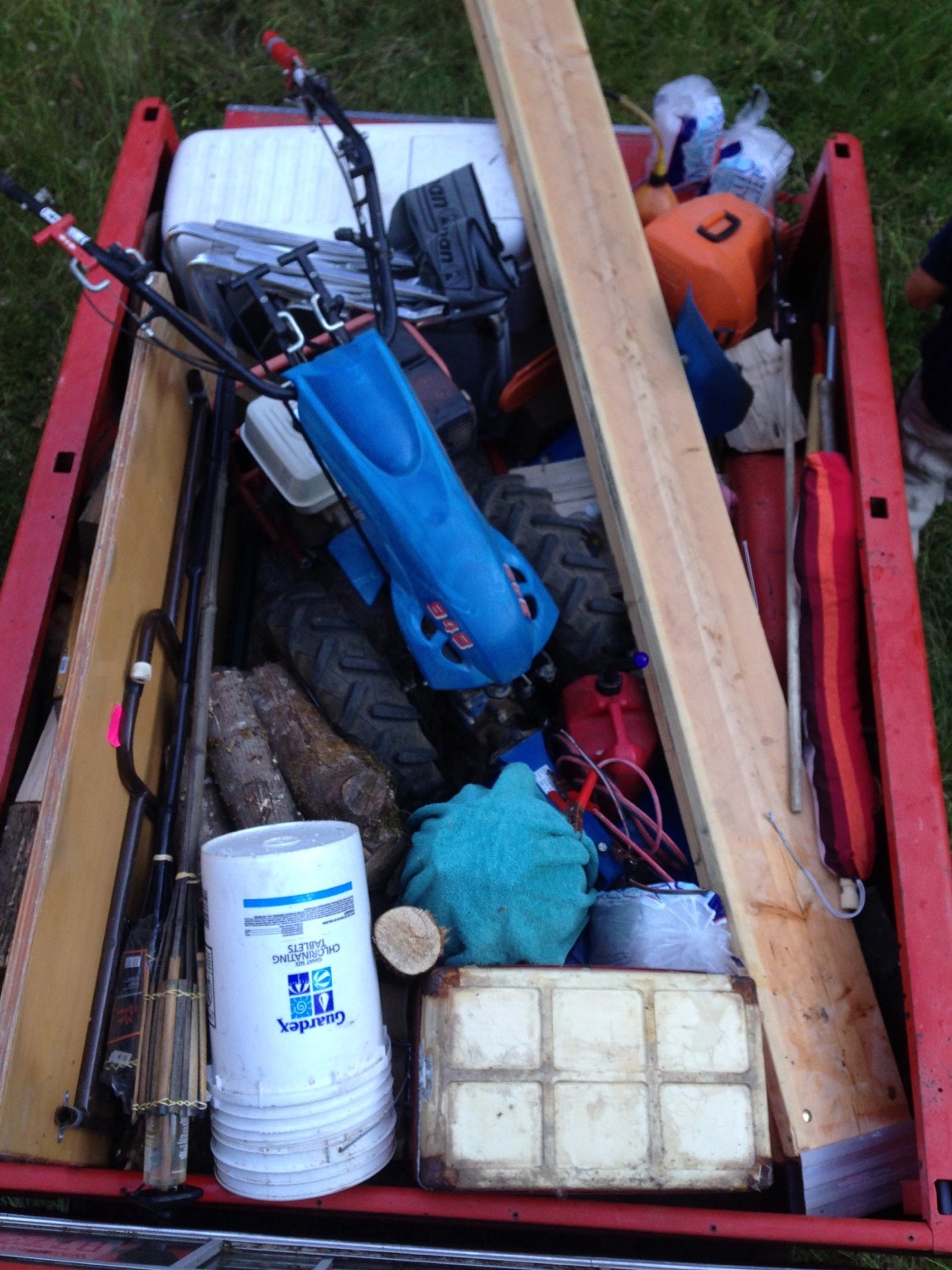

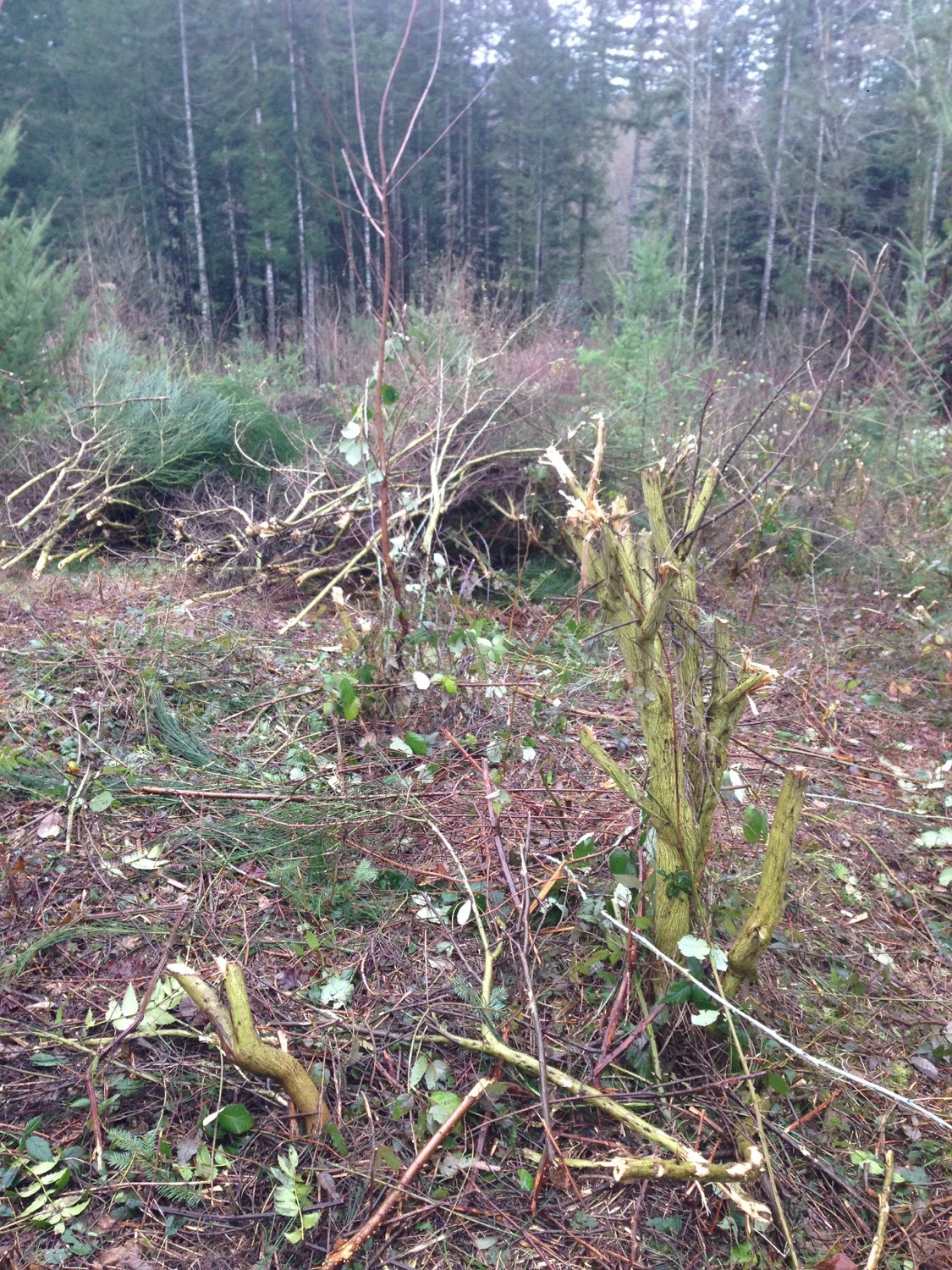
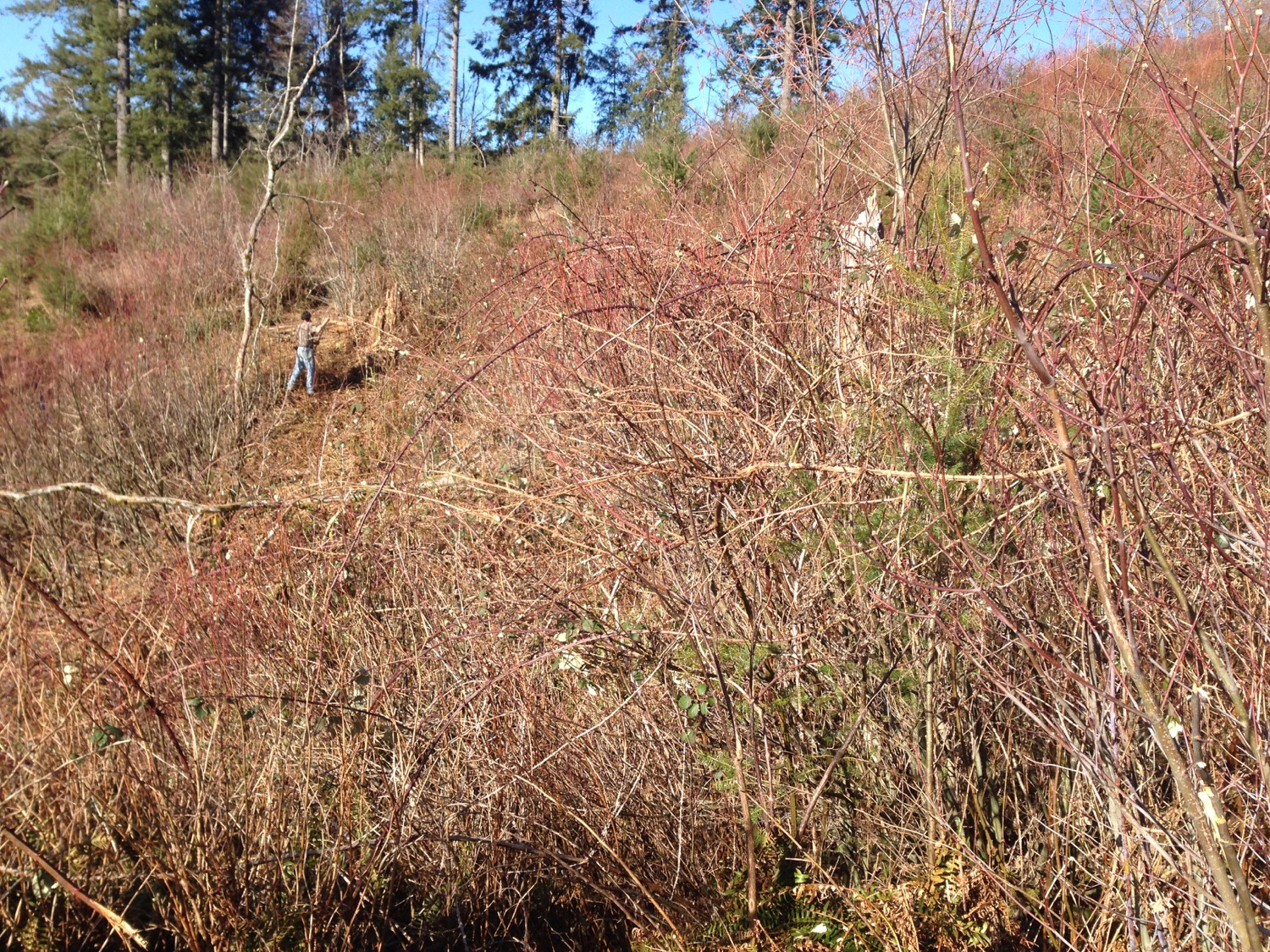
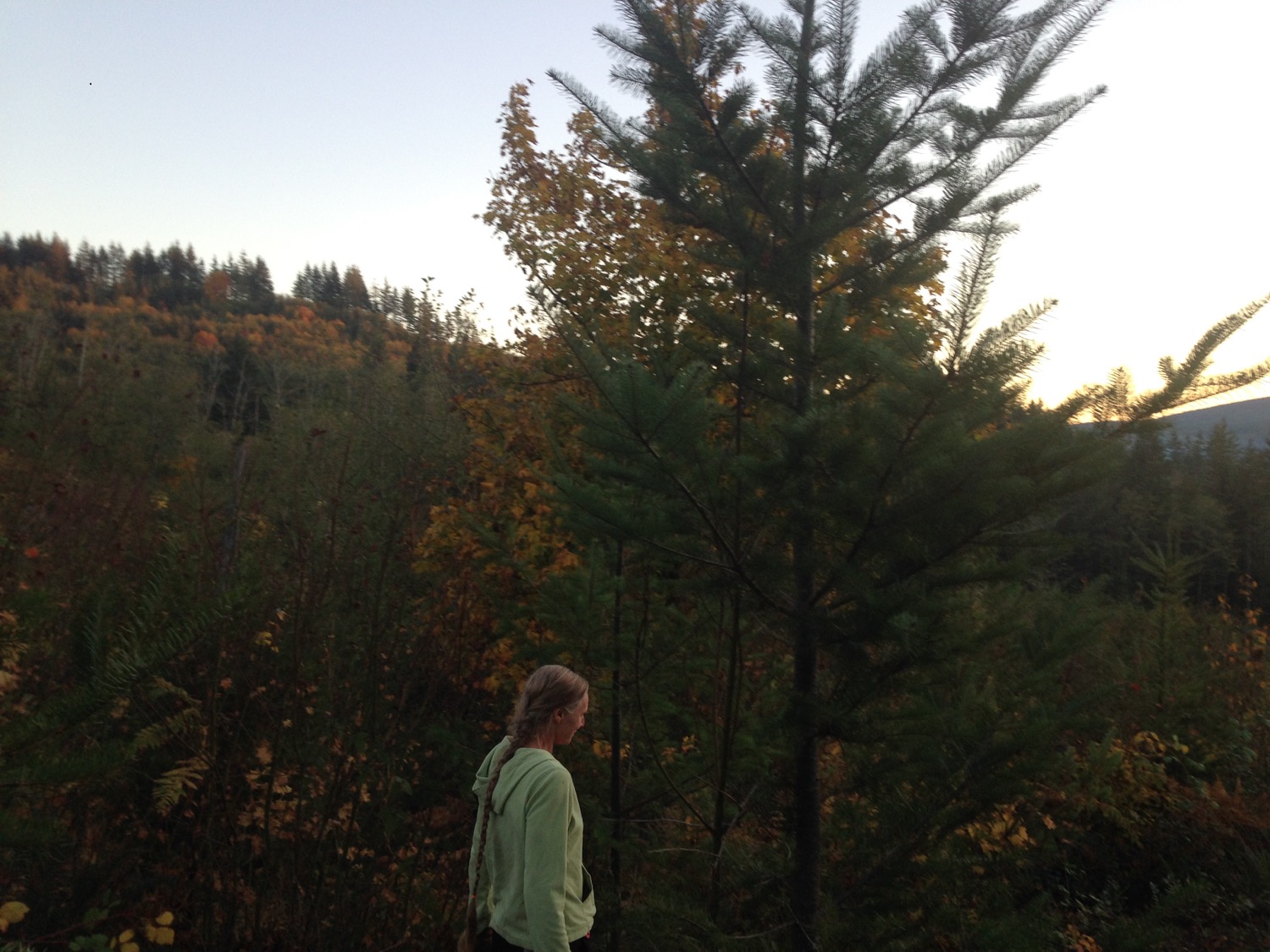
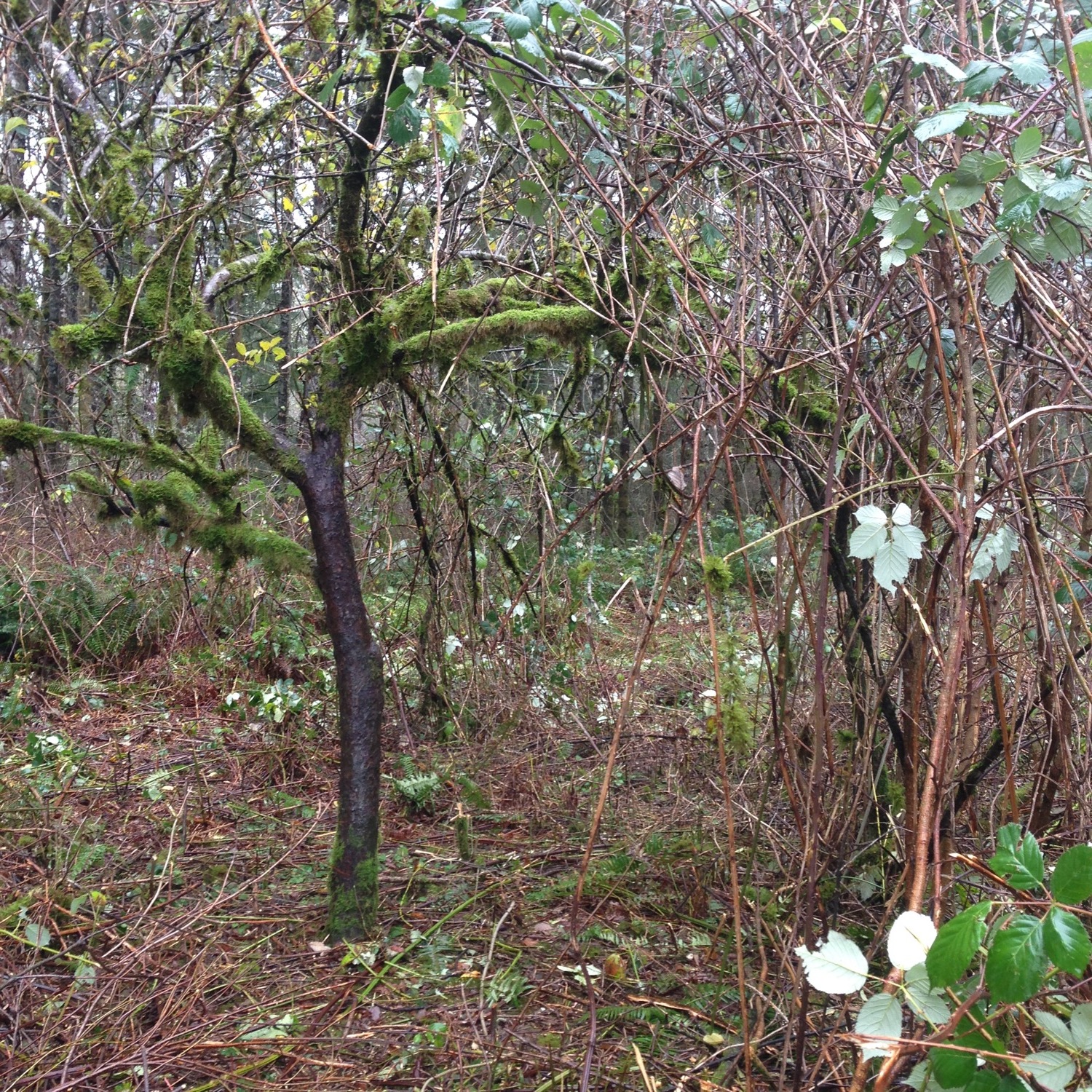
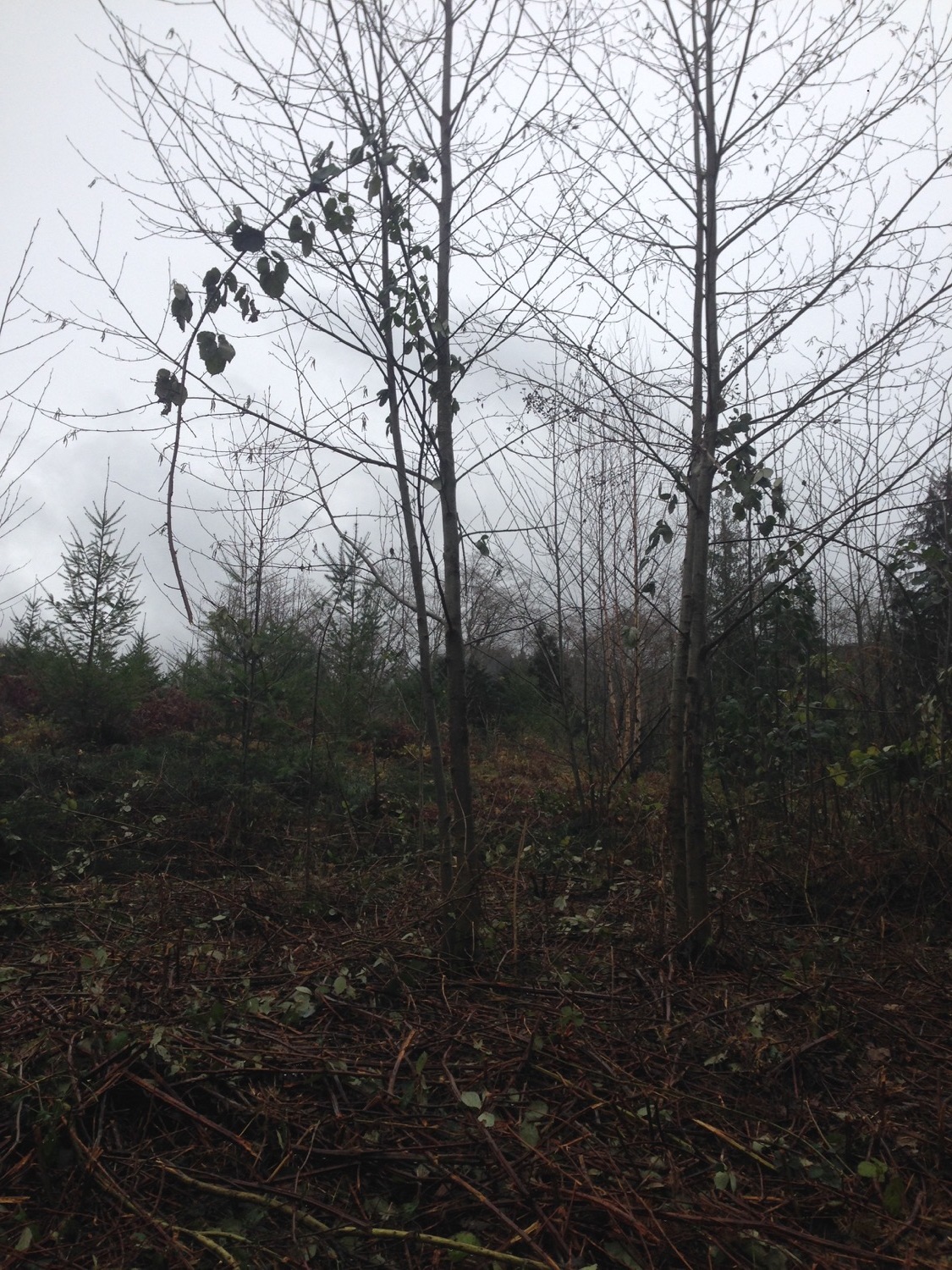
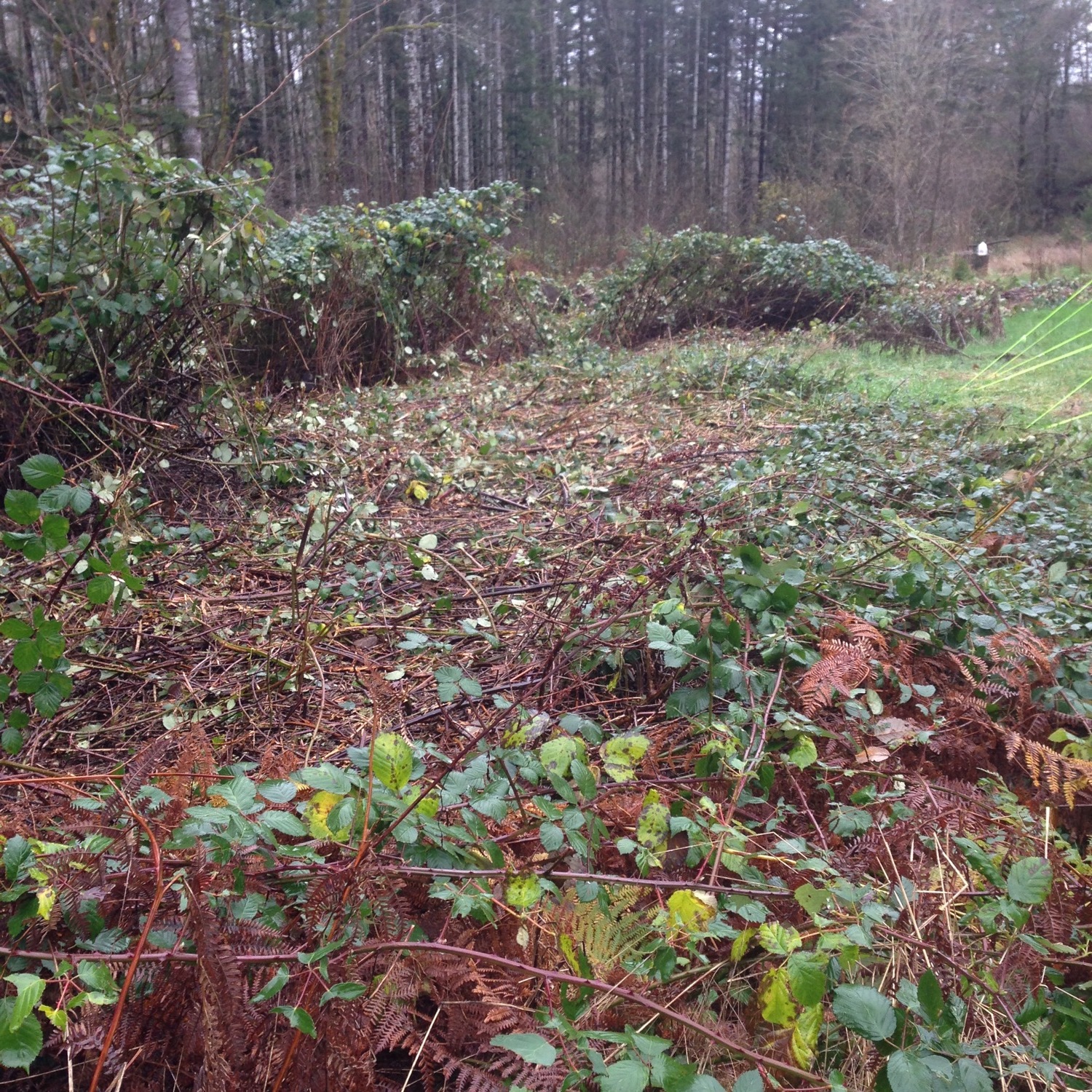
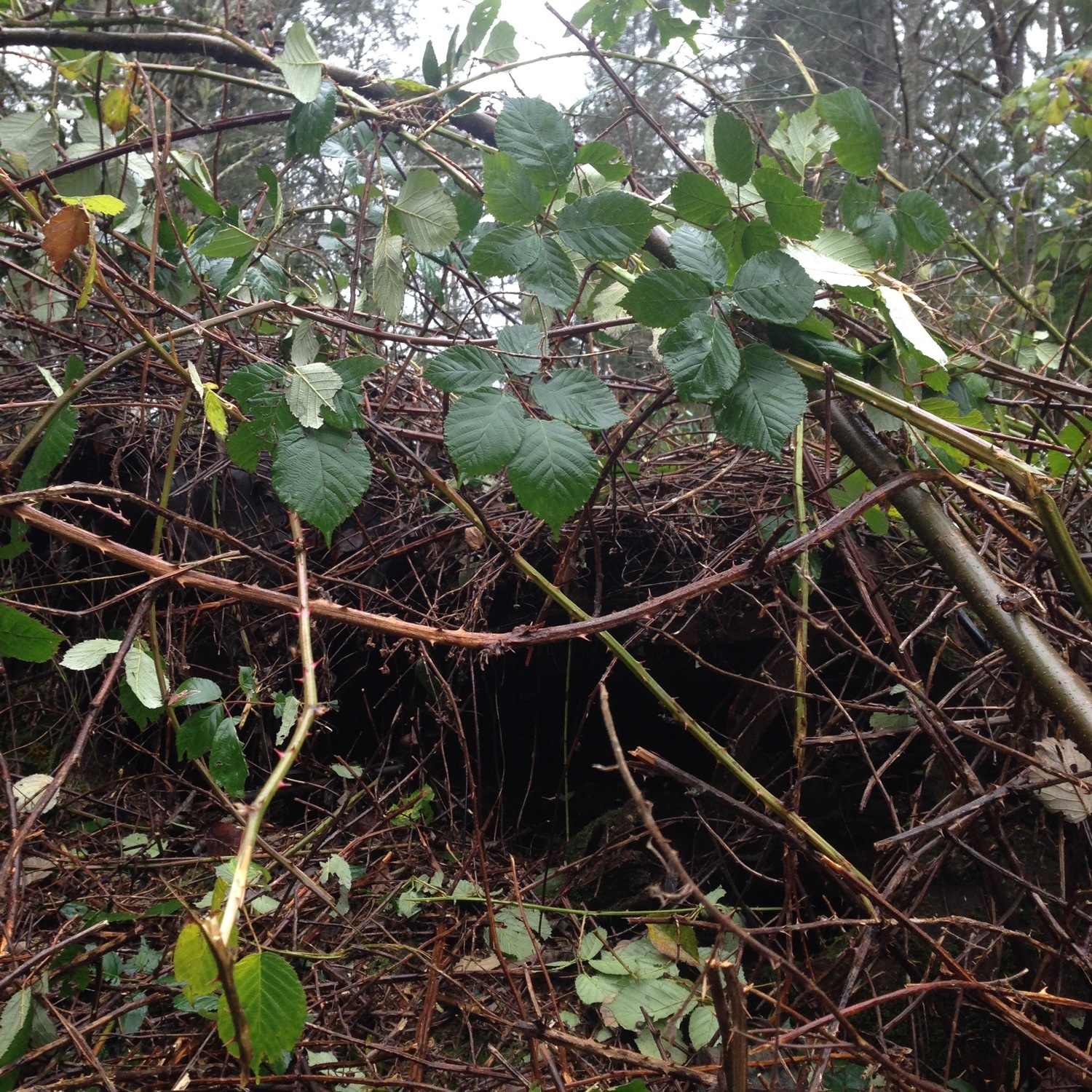
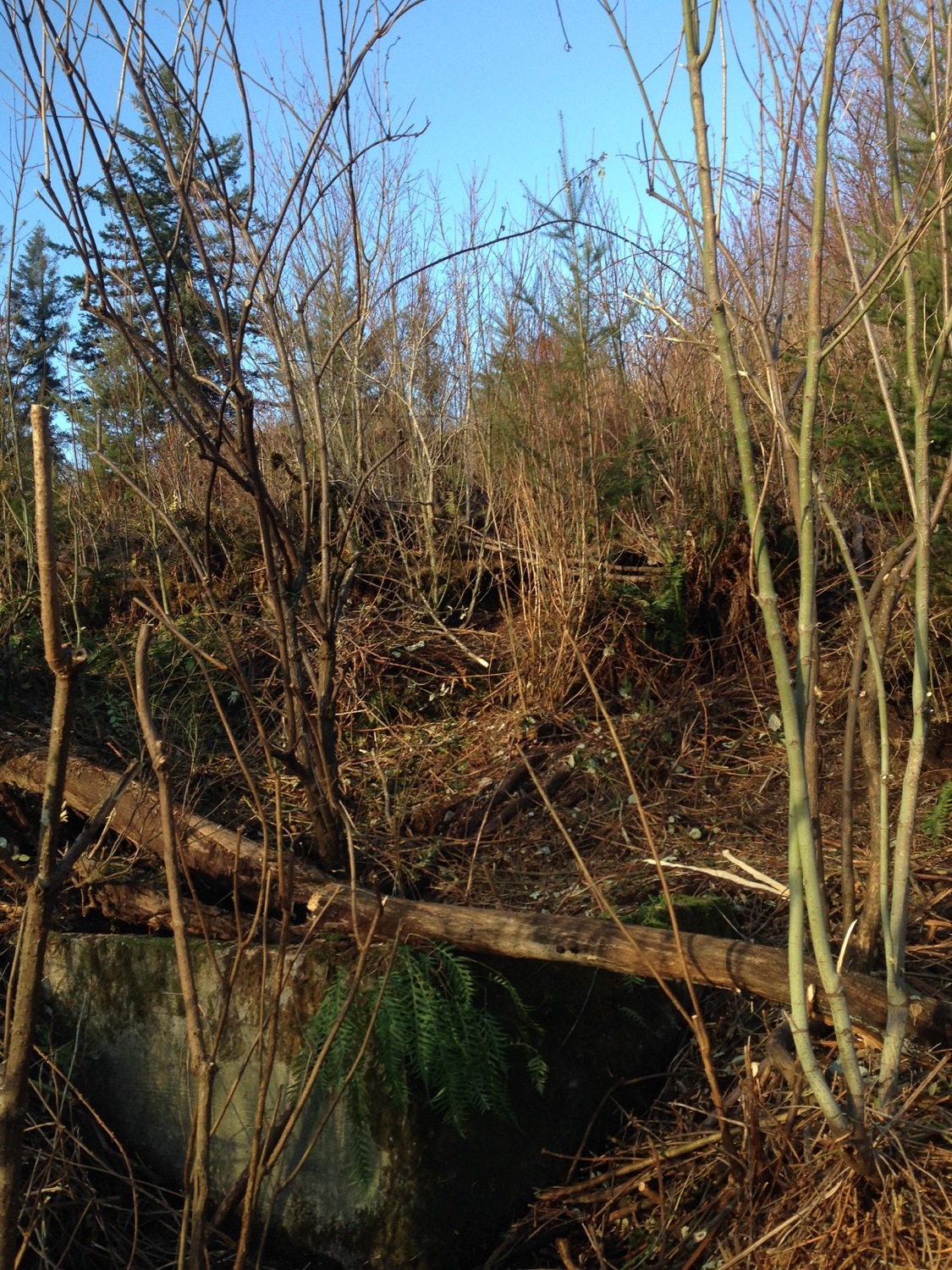
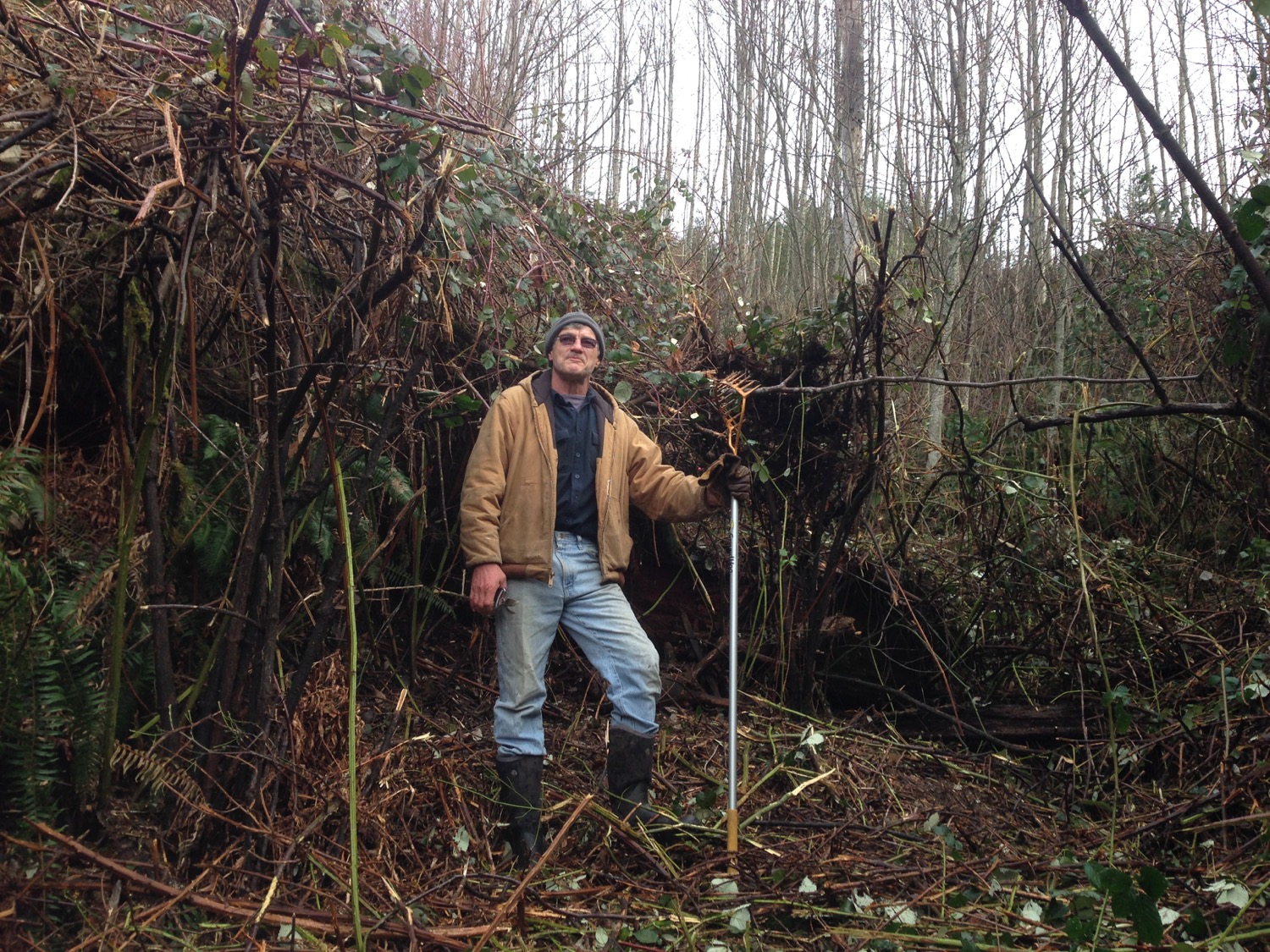
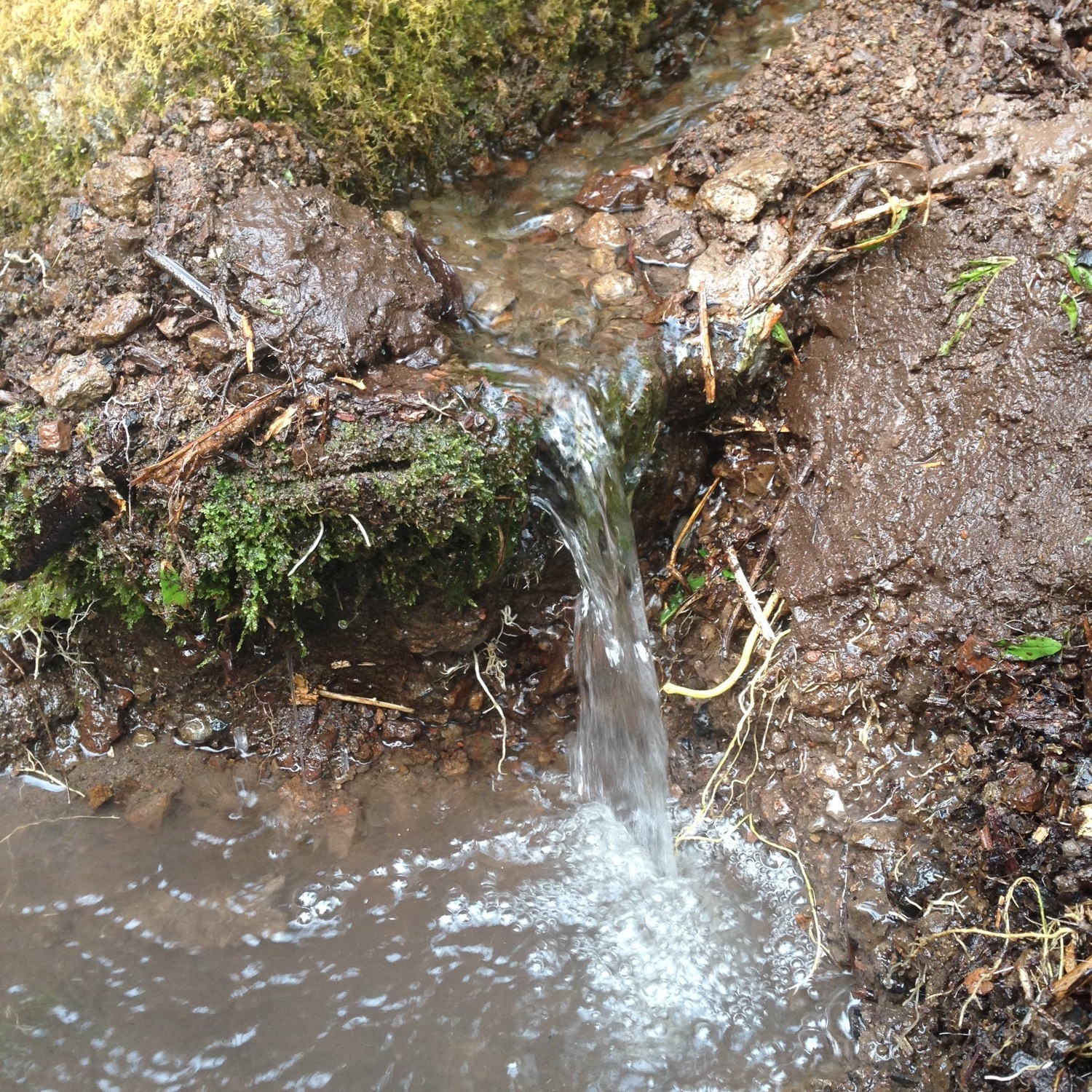
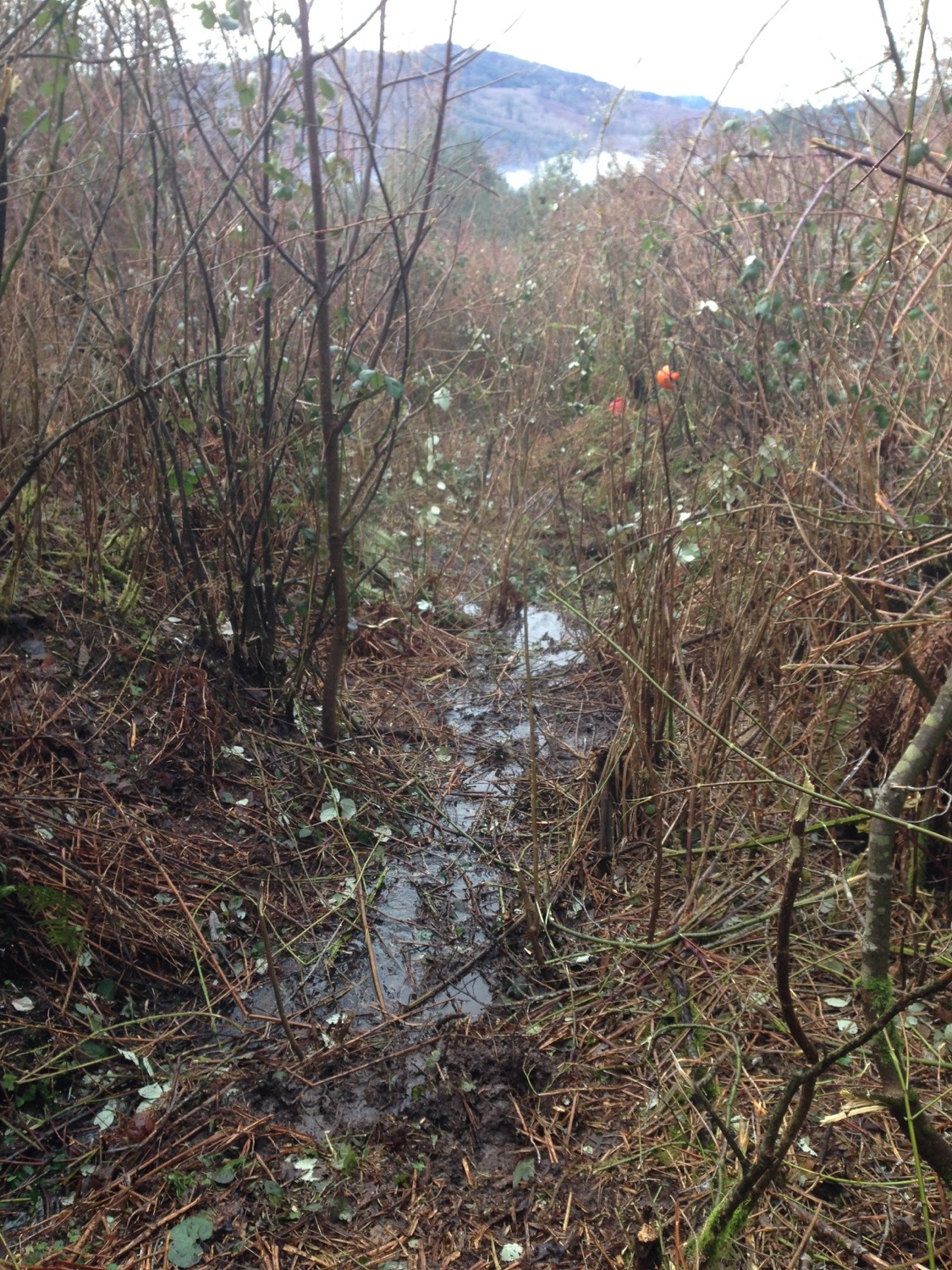
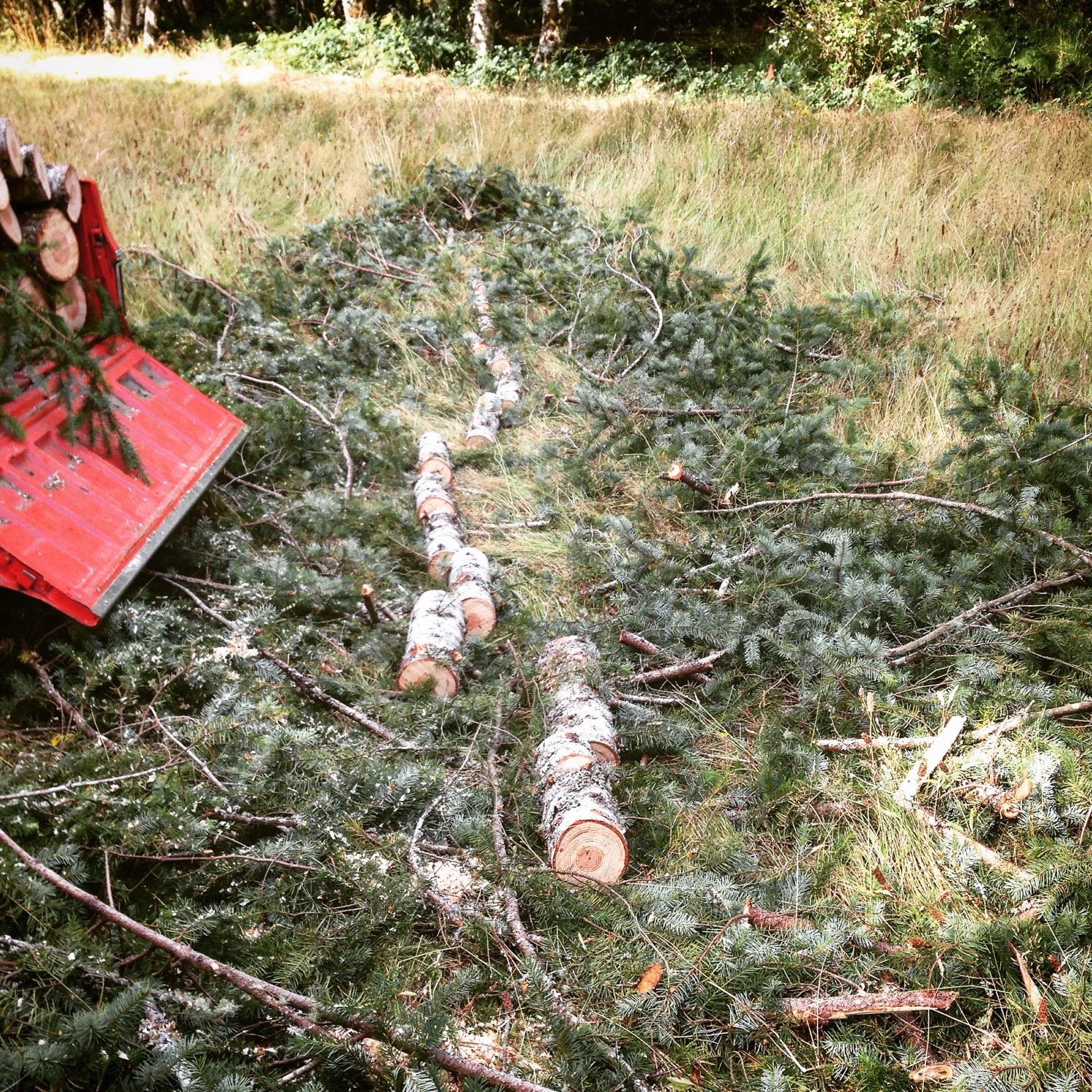
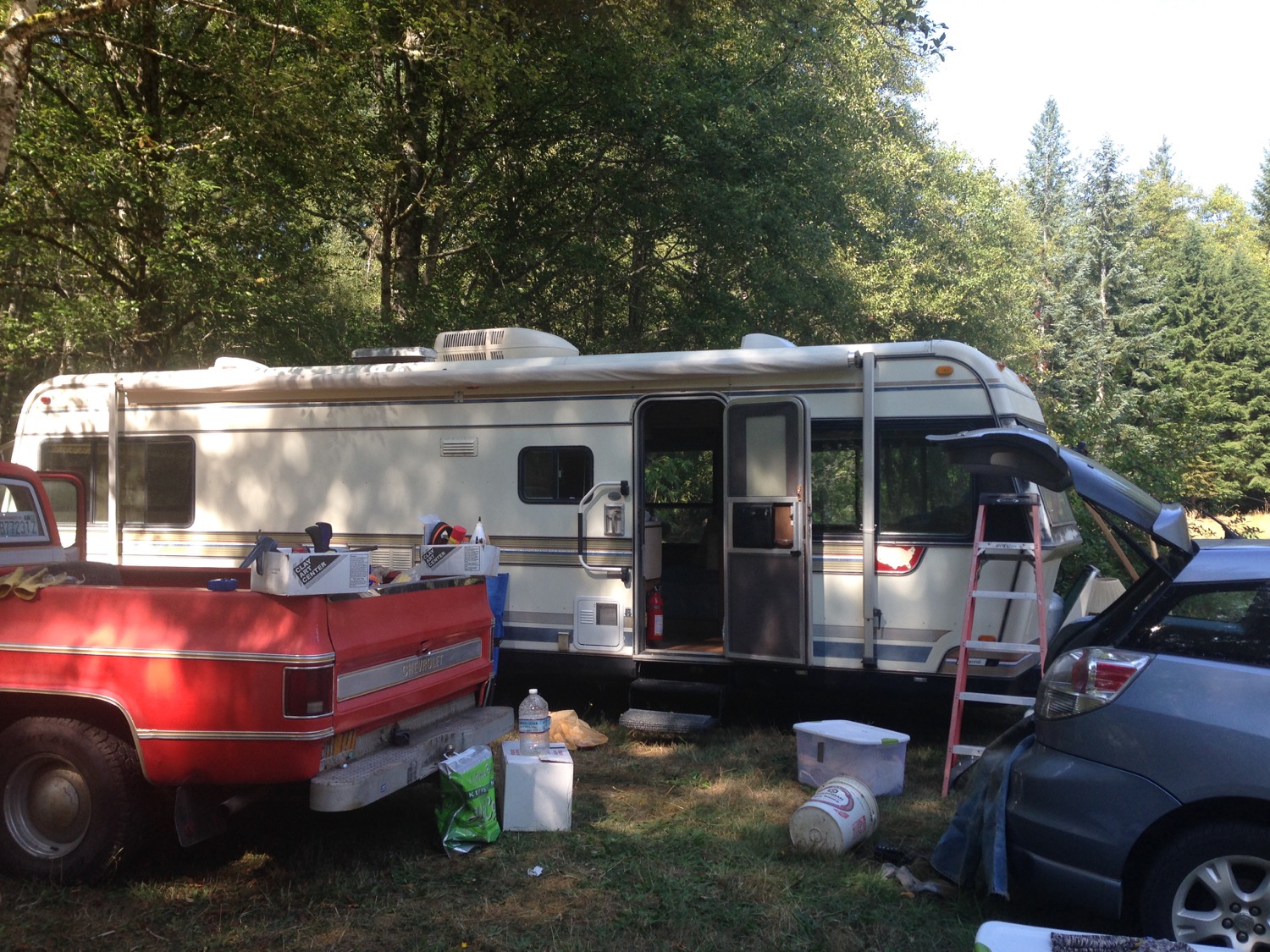

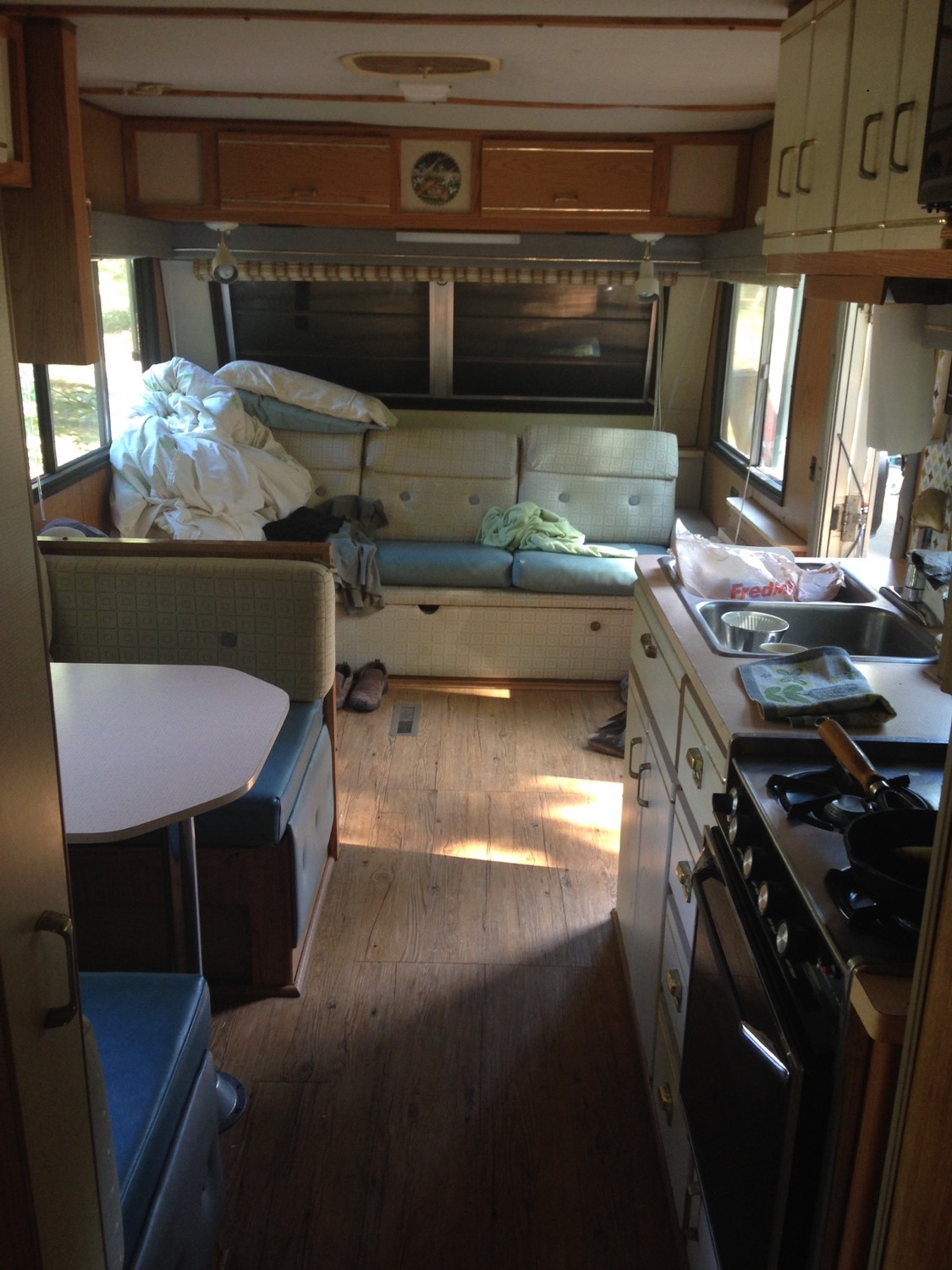
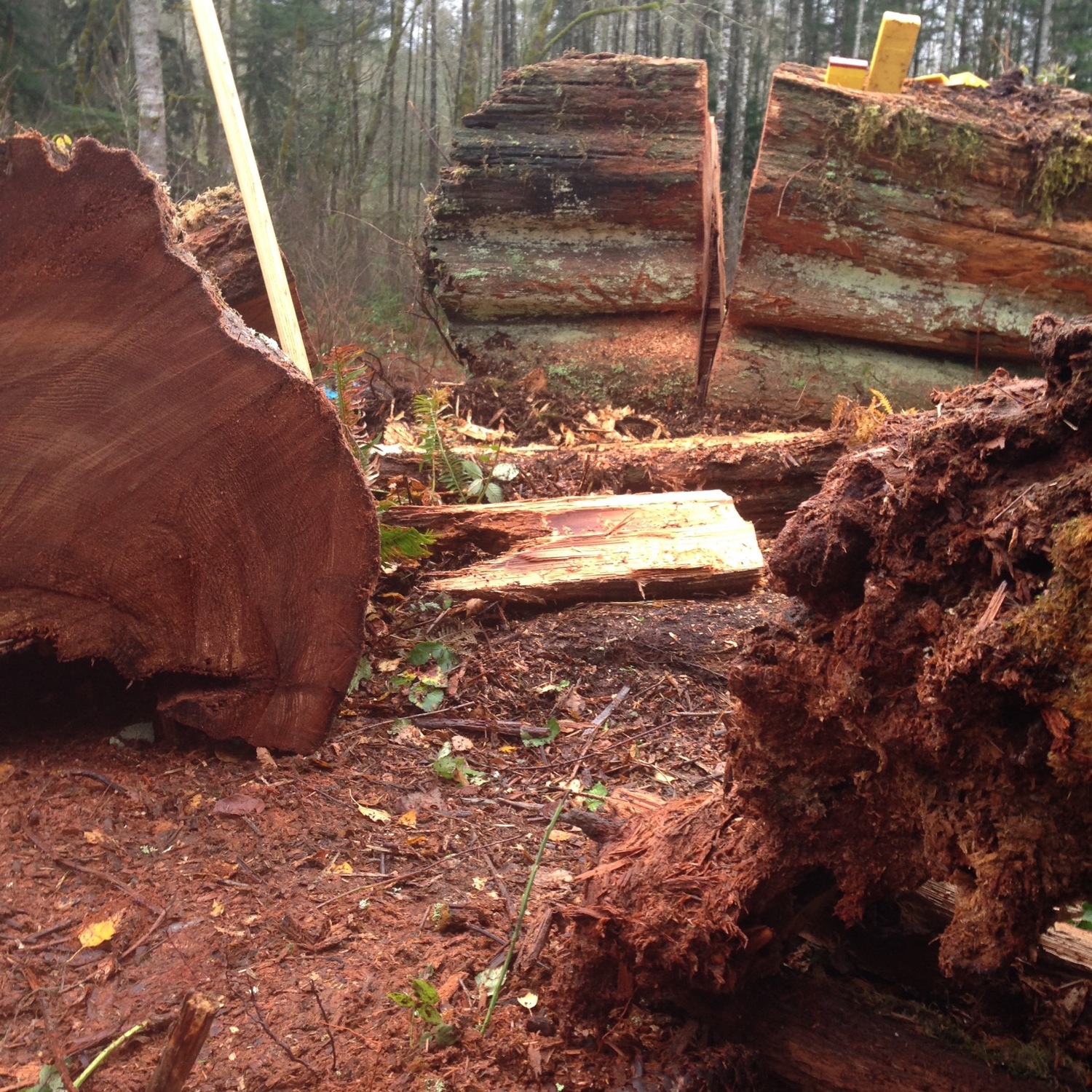
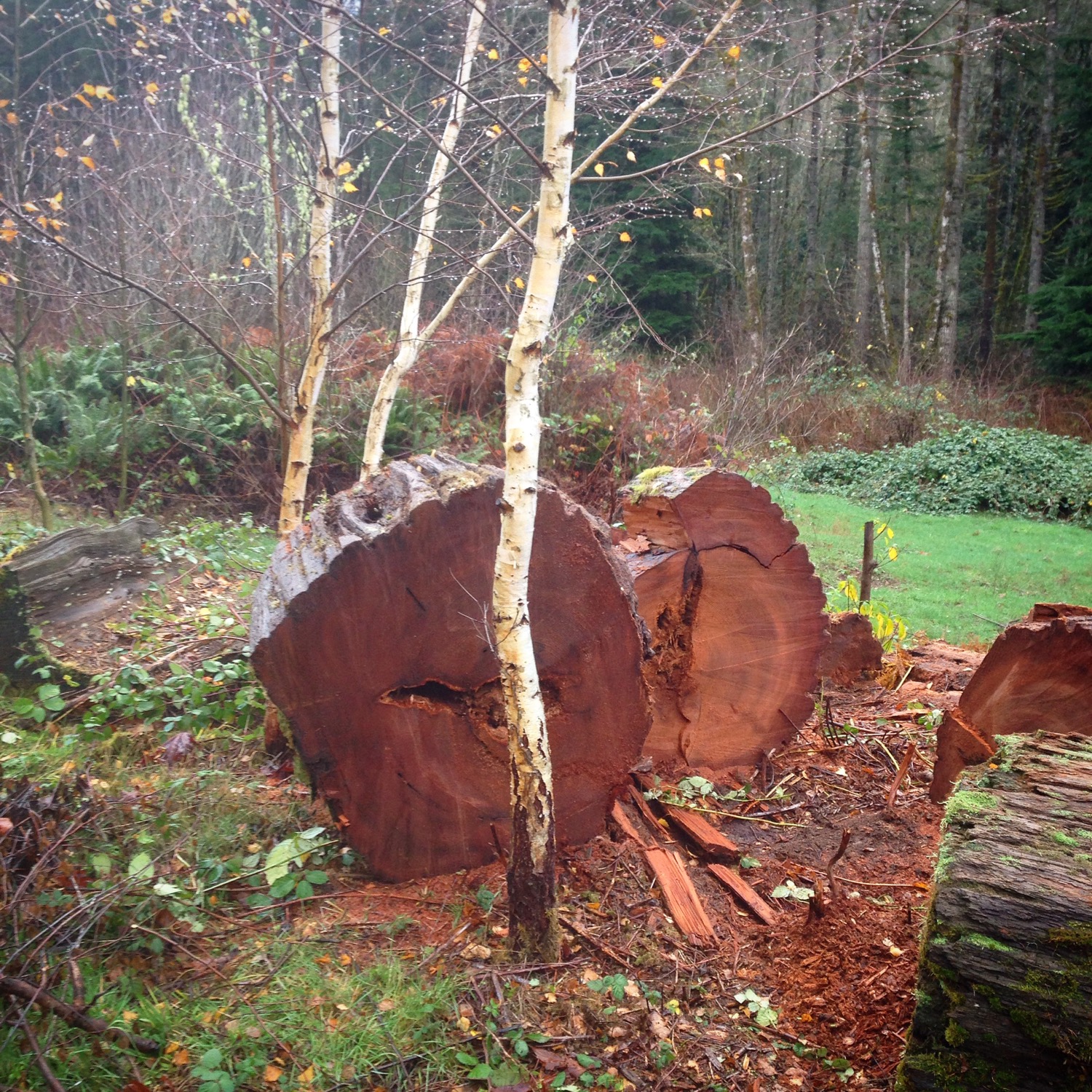
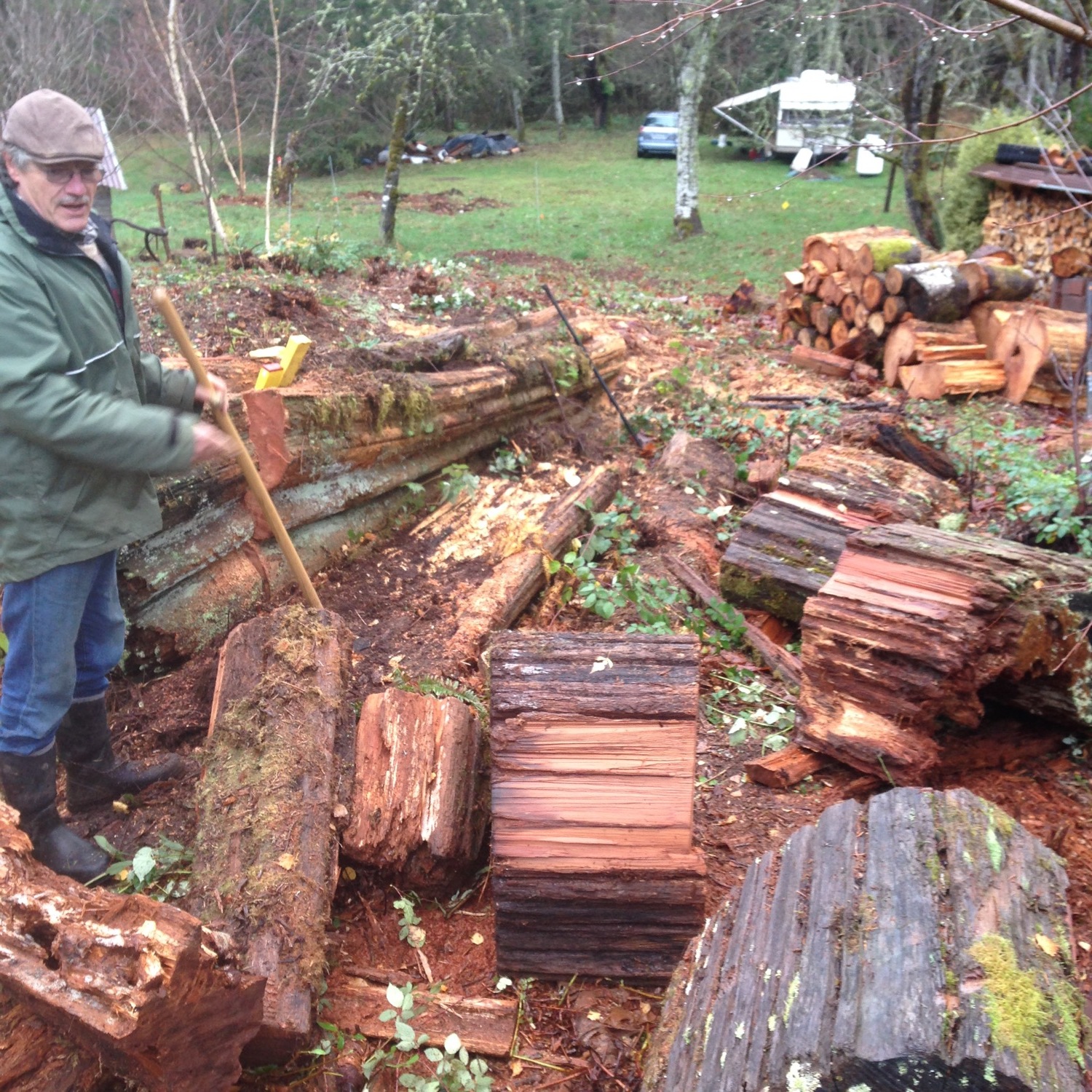
In our case, half of the area is “riparian”, protected now from logging because it borders water. The whole 600’ of southern property line is a year-round fish-bearing creek, and large areas are dominated by maturing forests of alder and conifers that shelter a collection of spring-fed creeks. In subsequent research, a visiting biologist with the WA department of Fish and Game informed me that these creeks would be ideal habitat for trout to spawn and the babies to grow. We just need to remove the three barriers to trout coming upstream to play in the cool riffle. No small task, removing two culverts and a small dam, but there is a grant from the state to pay for just that, and in full. We then named one of our creeks “Machete Girl Creek”, in honor of her skills.
Lumber operations bulldozed about 3 acres on at least two occasions, once to establish a mill site and form a mill pond (hence the dam, now all grown up precarious with alder trees). The second time was to push around some soil and cover the long-accumulated dump with it, figuring that no-one in their right mind would remove a small hill. They didn’t anticipate Joel. Who is, it could be argued, not actually in his right mind, but I prefer him that way, because I’m the one who asked for my pottery studio to be located right there backed into that hill, and (almost) all he wants to do is to please me. Unbeknownst to either of us was the dump, but as Joel said “its incidental”.
You see as well from the google maps arial photo that into this large central meadow area where my studio will be extends a finger of trees coming from the north and pointing south. That was, until 2018, a stand of about 100 doug firs all at about 50 years of age, the same age as the ones bordering Dee Creek to the south for 600’. We don’t know quite why they weren’t logged along with the rest of the property at that particular harvest time, but there they remained, over-crowded and creating a lot of shade in the most ideal spot for an orchard. They had to go for that reason, as well as for others: a few of them looked like construction timbers, but most of them looked like firewood for my wood-burning soon-to-be re-built pottery kiln.
So right now, I’m establishing the orchard, and Joel is working on a really good driveway in anticipation of 2019 full of construction: a large shed, and the shed that will protect my kiln. Next year, the studio building, and after that, a timber-framed car-port. All of these buildings are packed densely in the central area, so we are busy with surveying, drawing, architectural consultation, engineering, and permits. But first, the all-important road to get there
